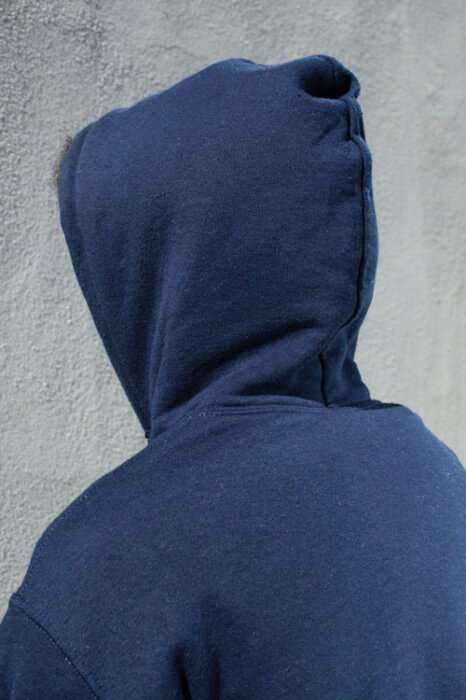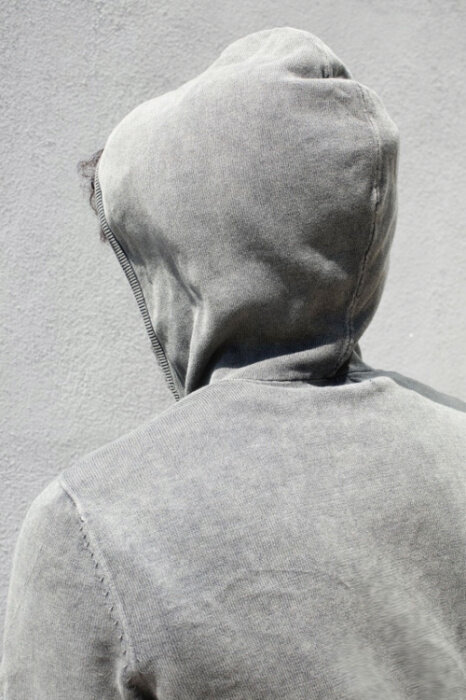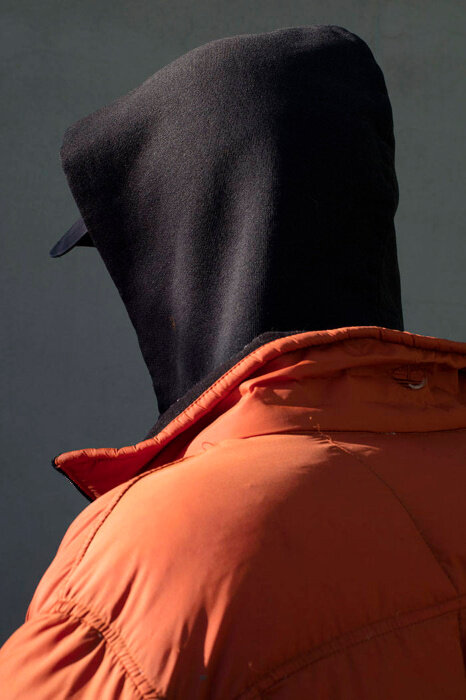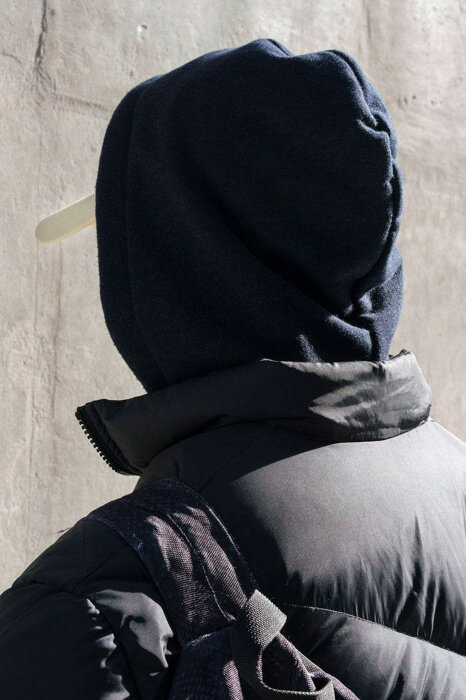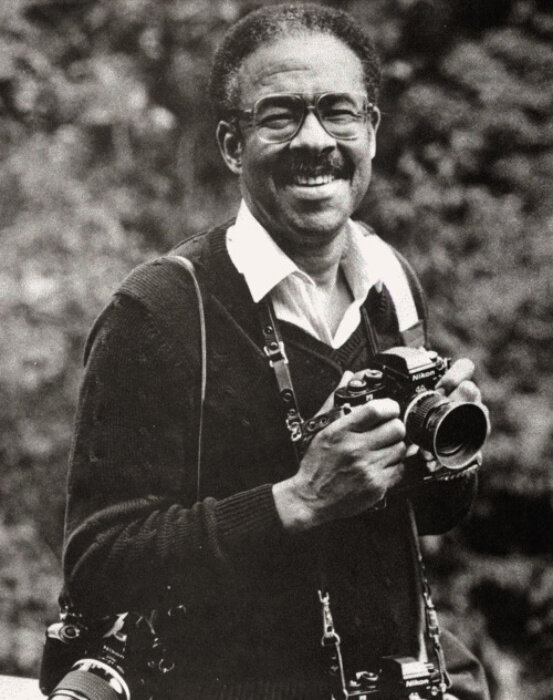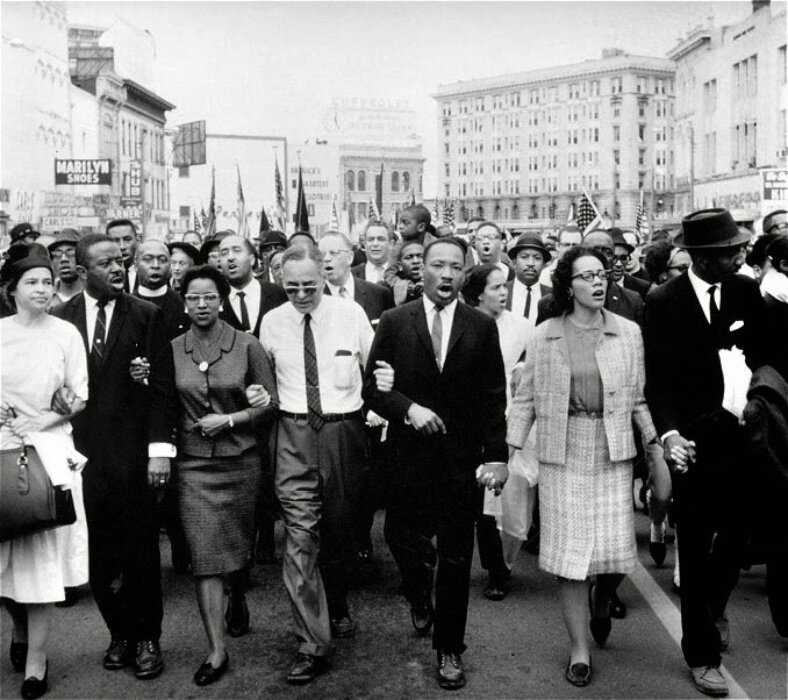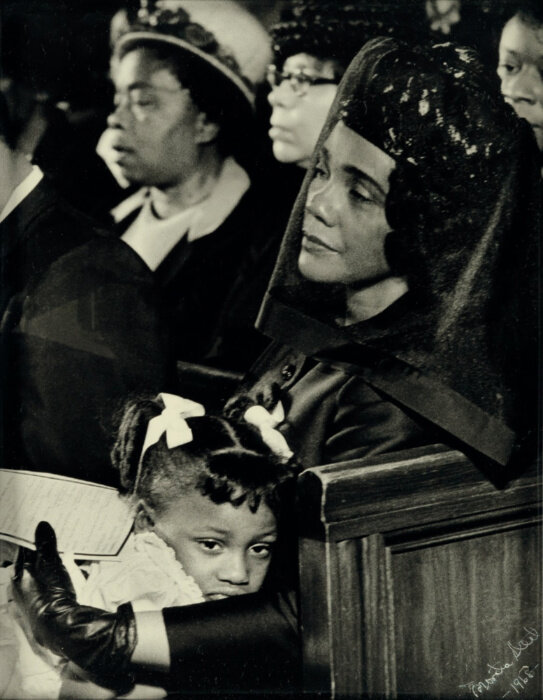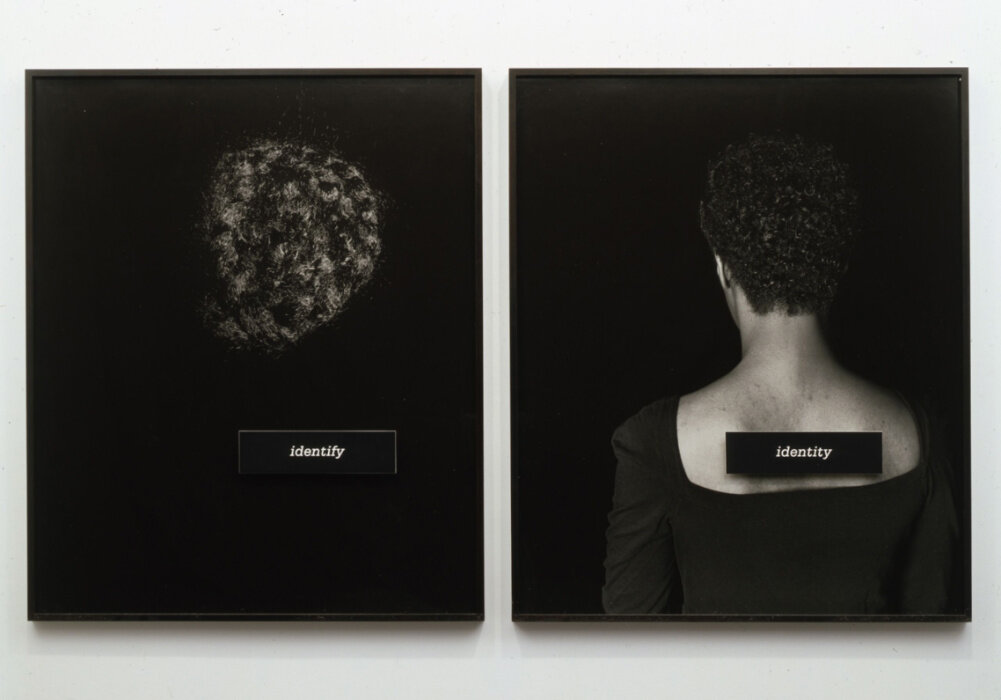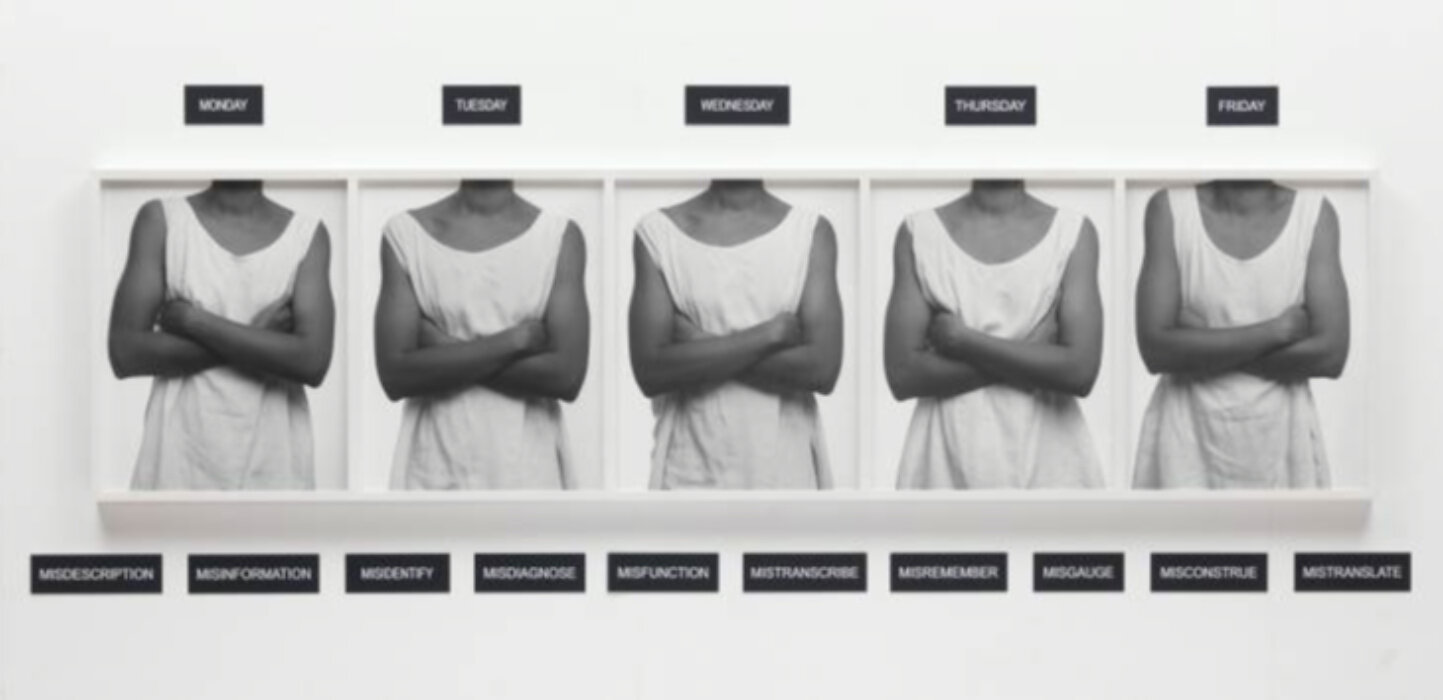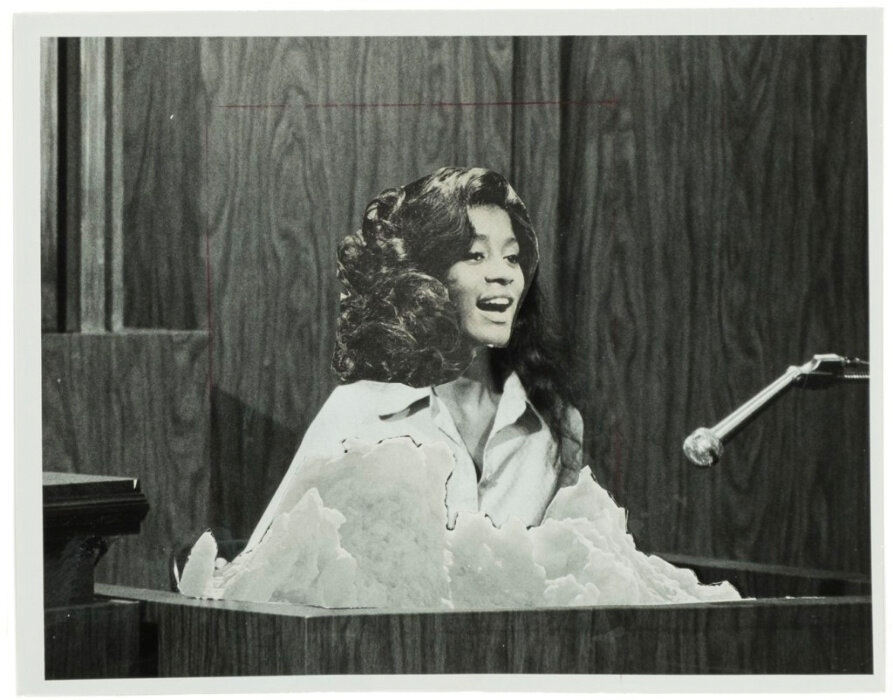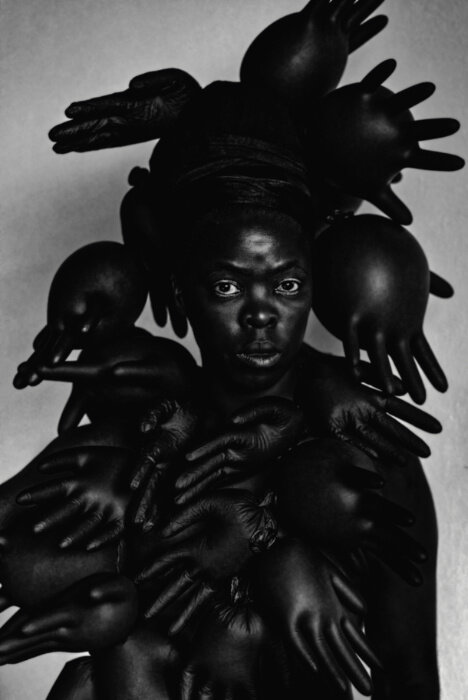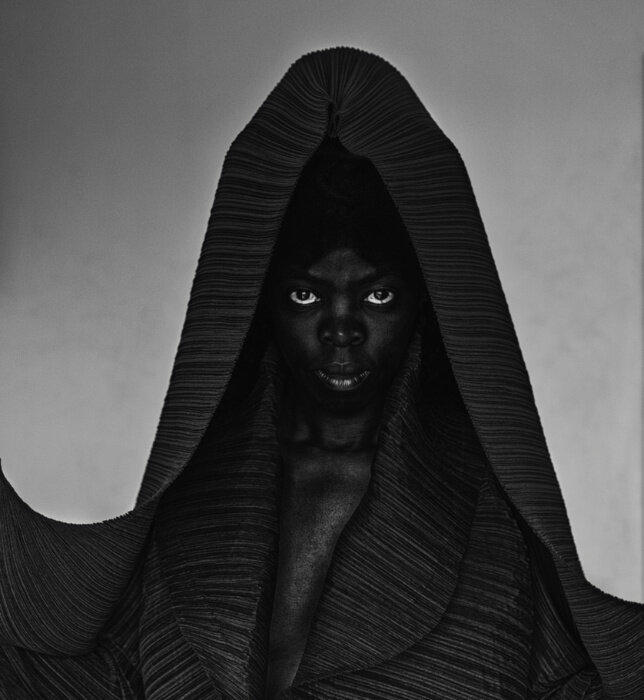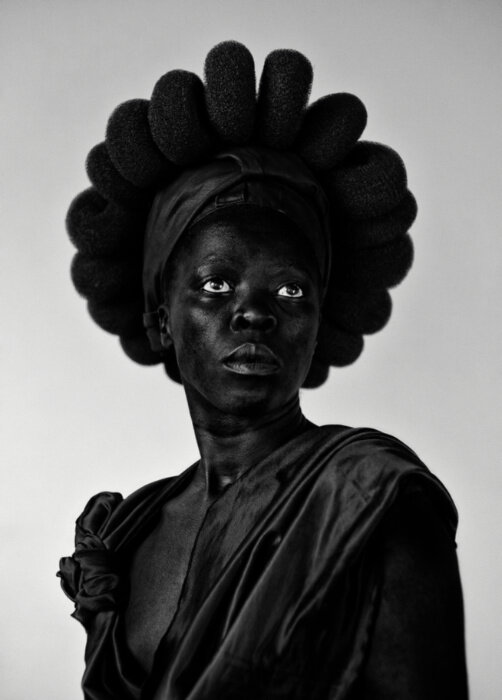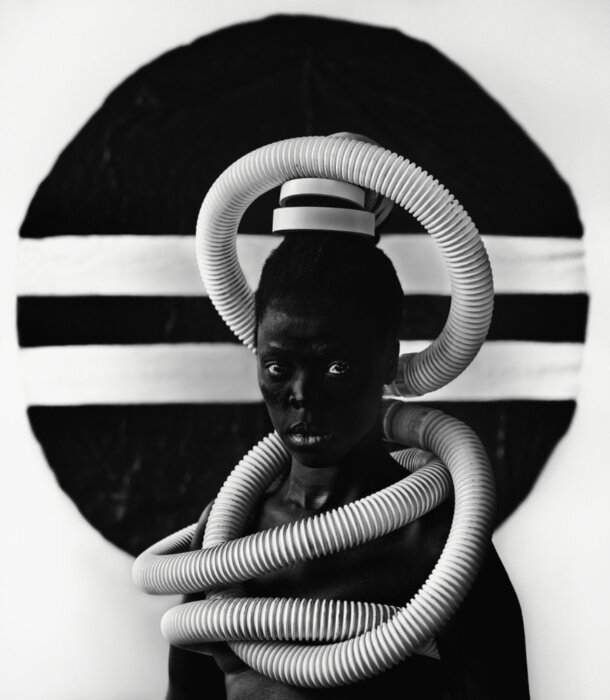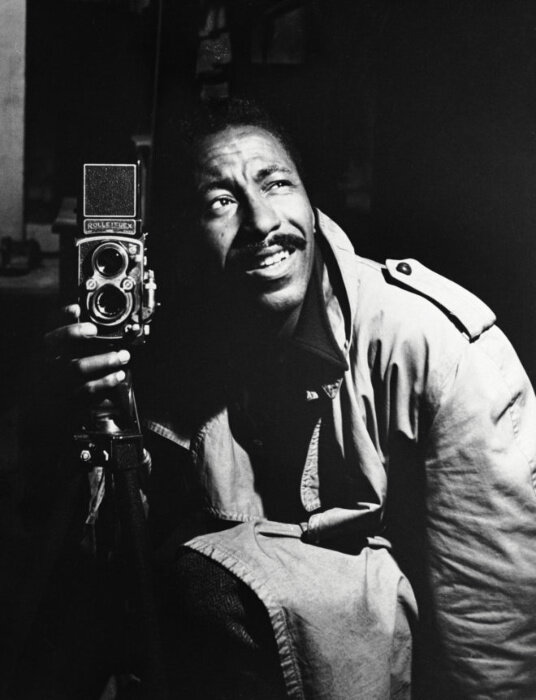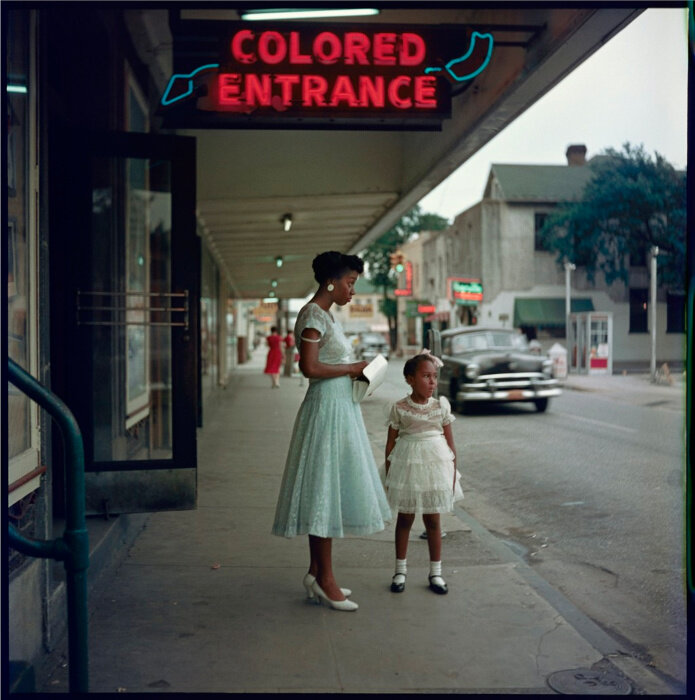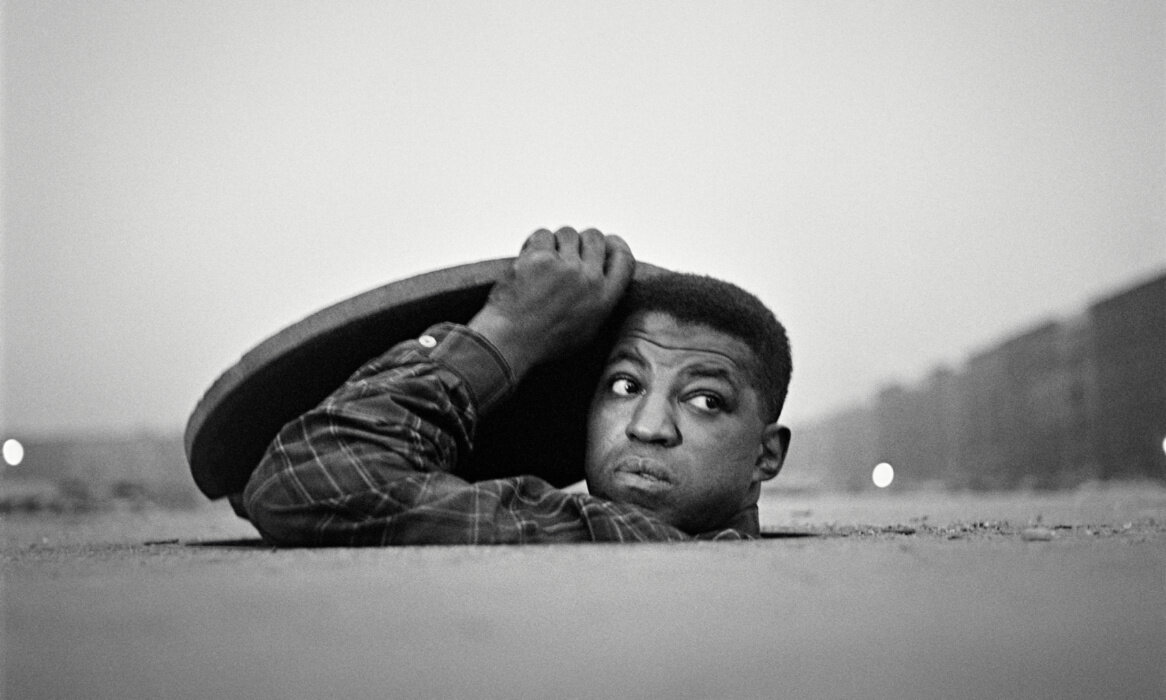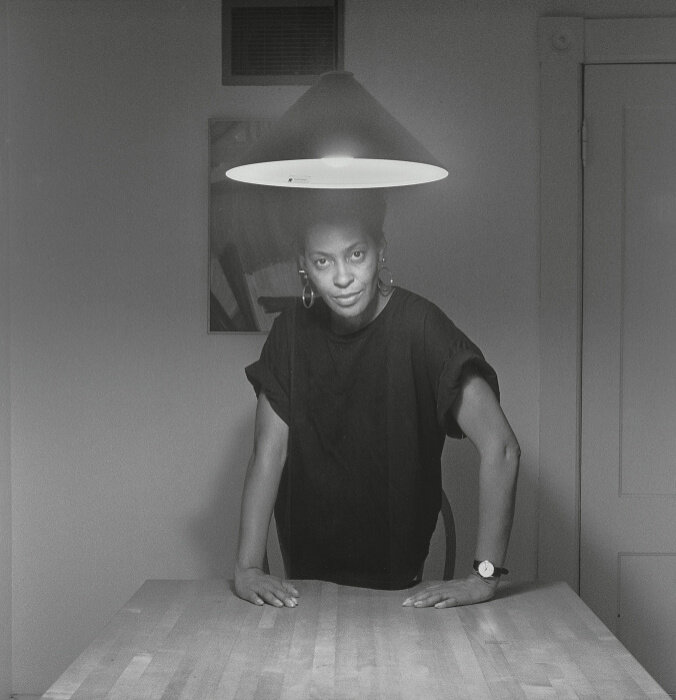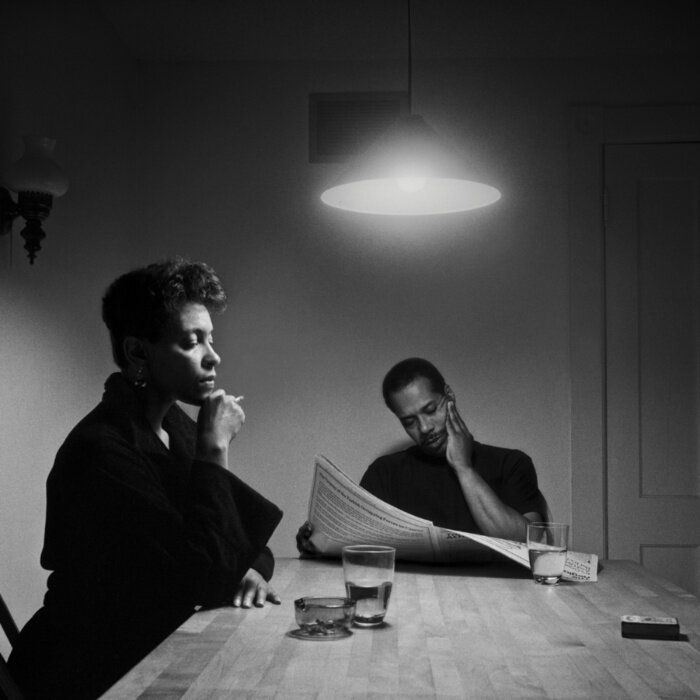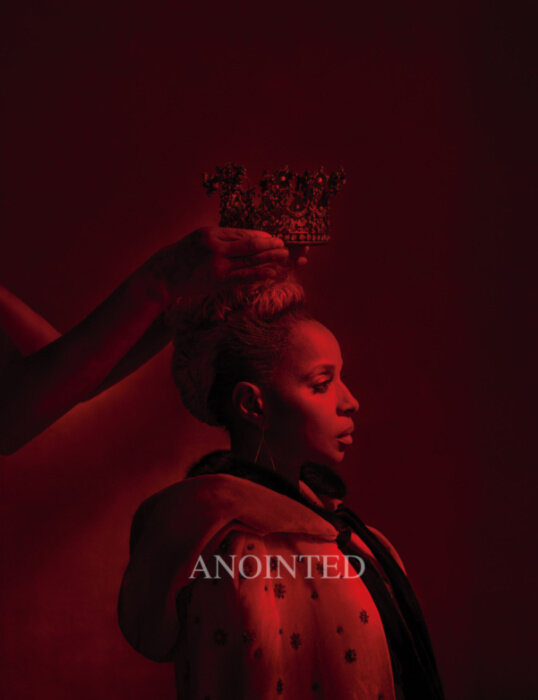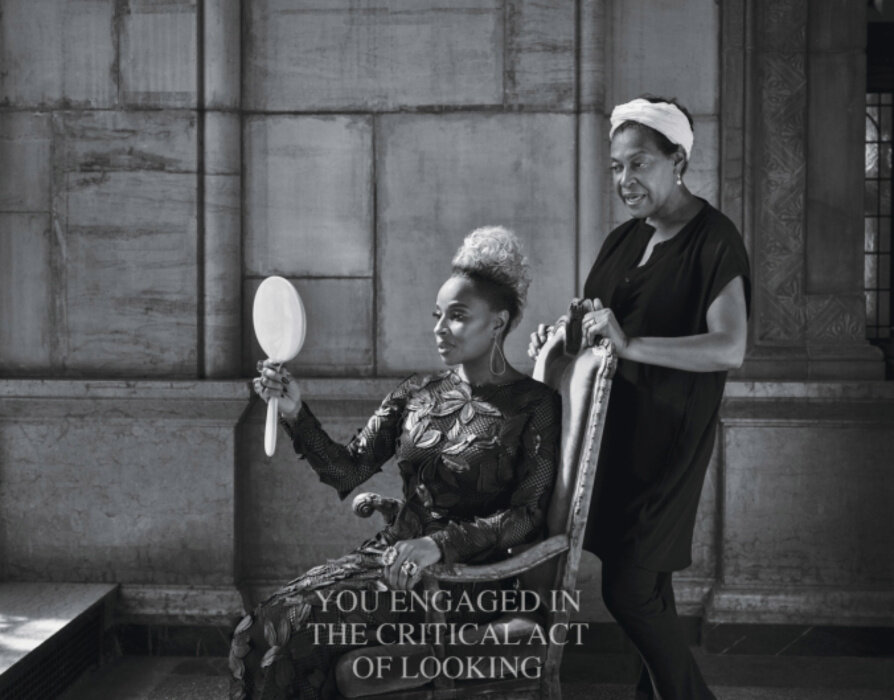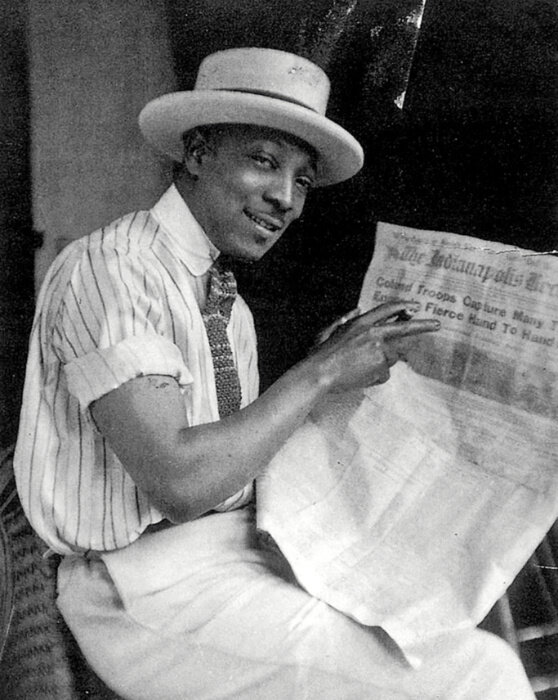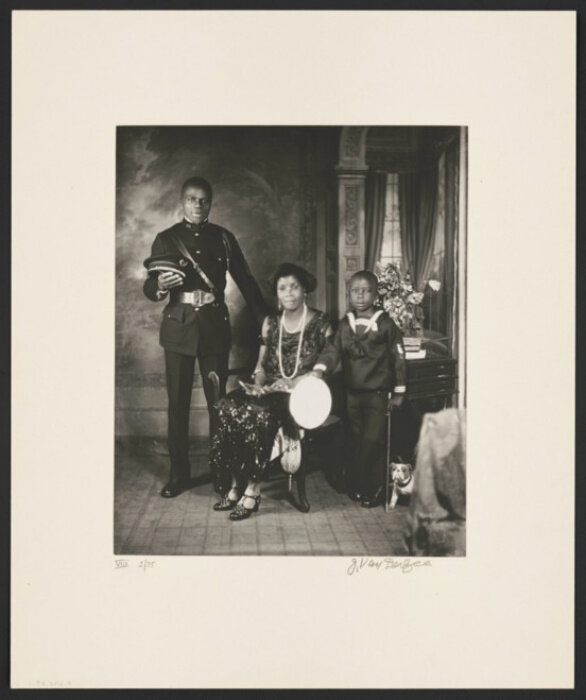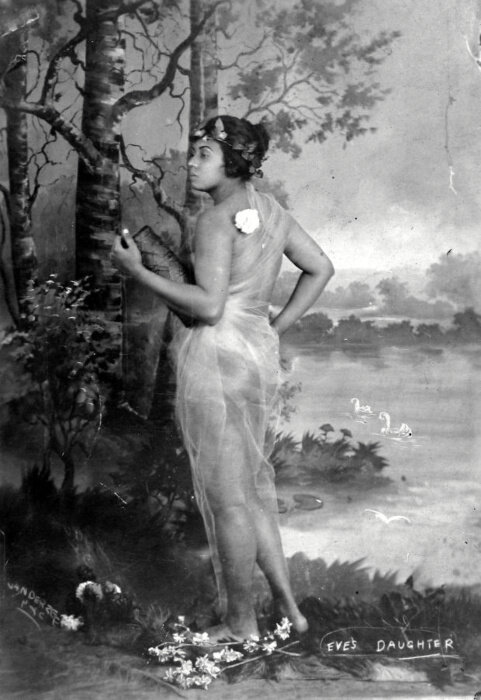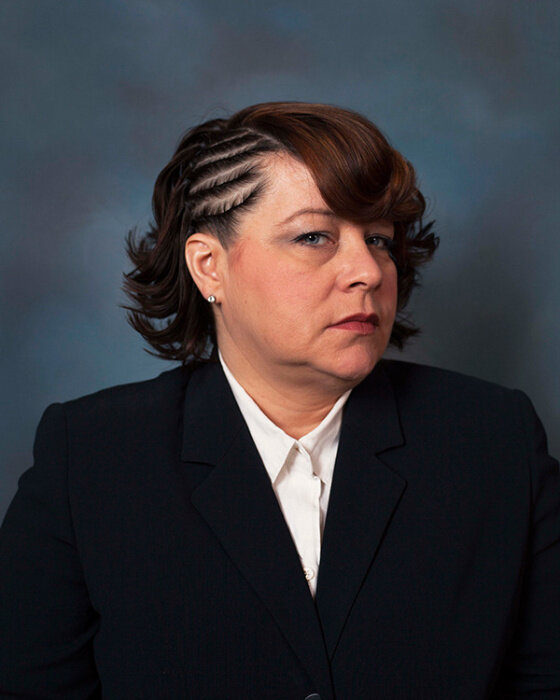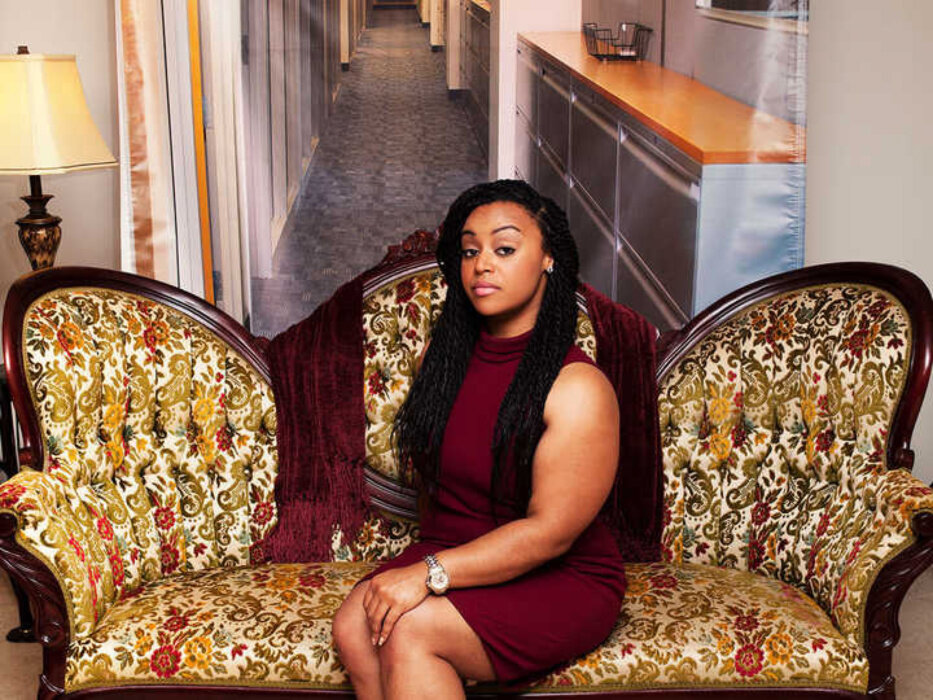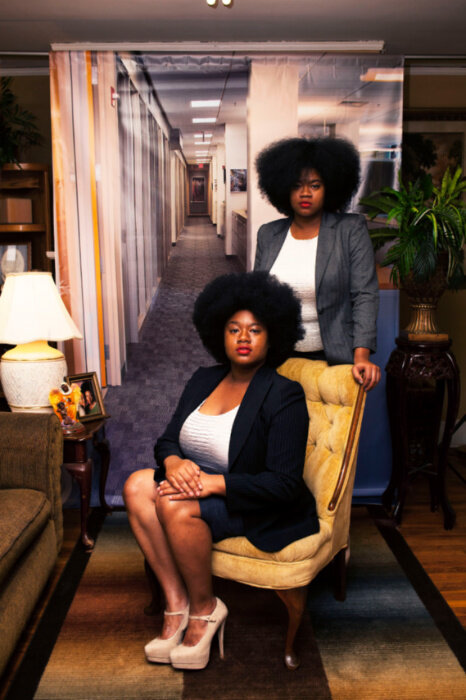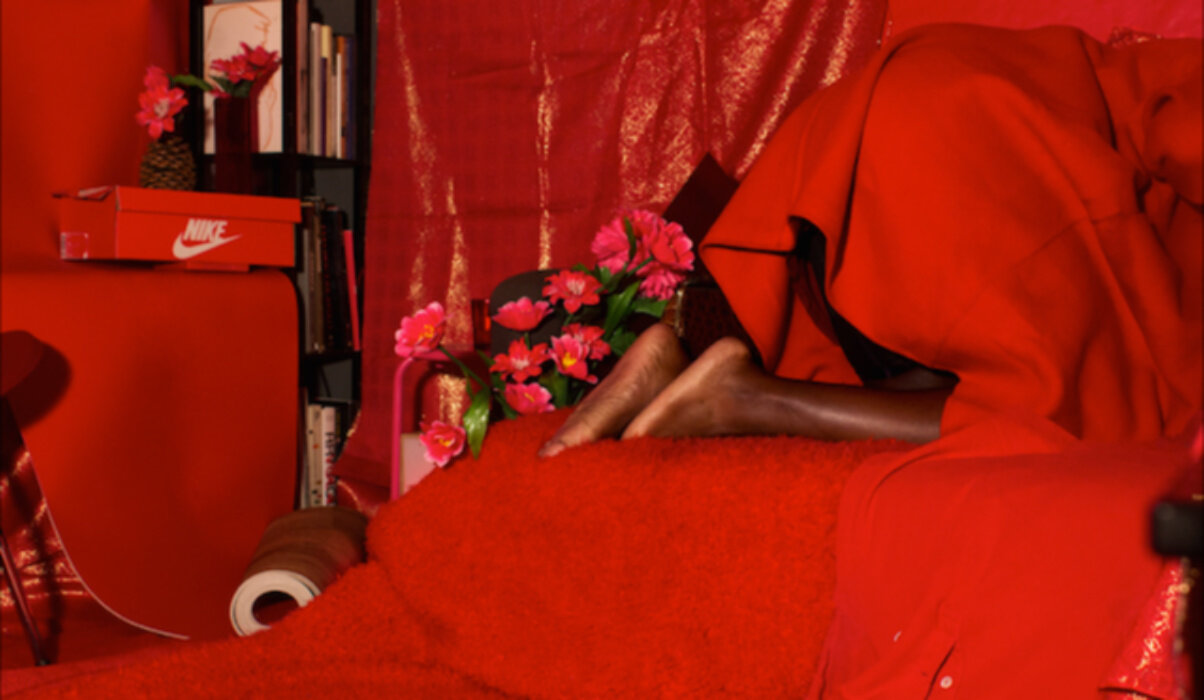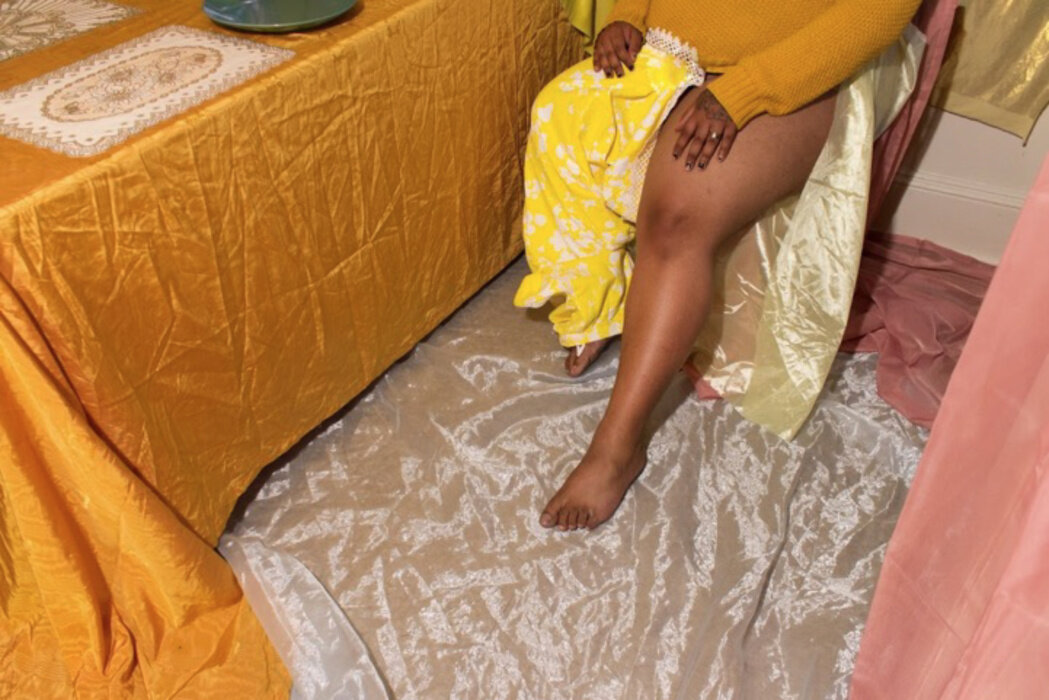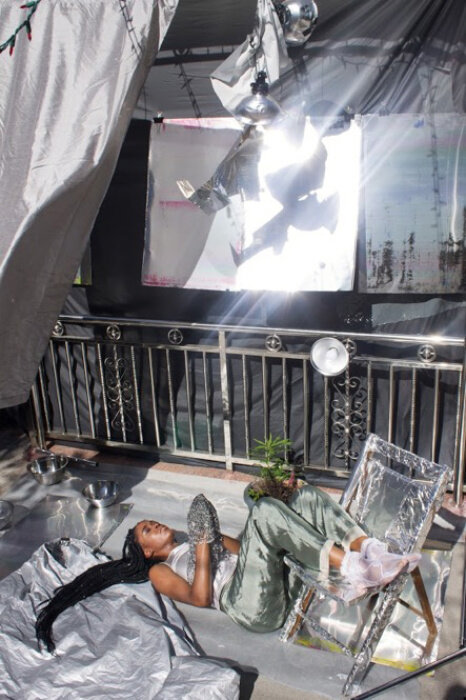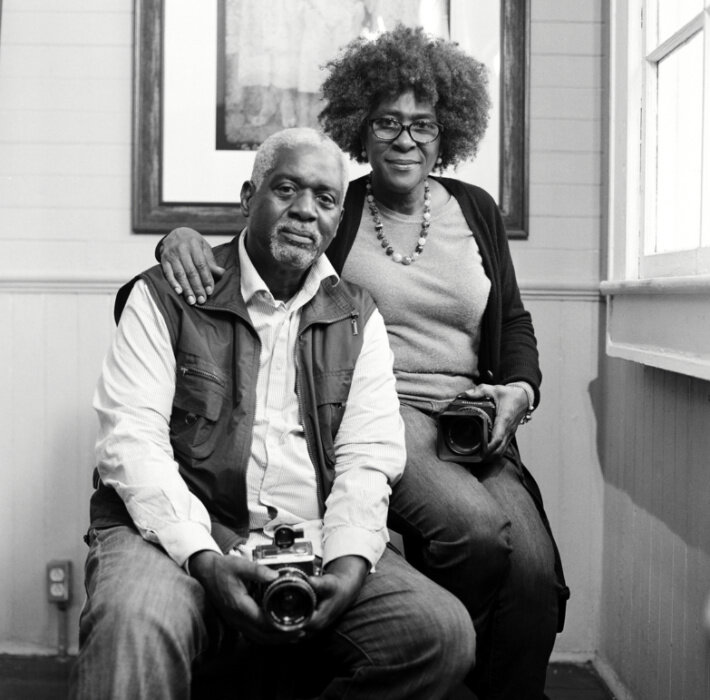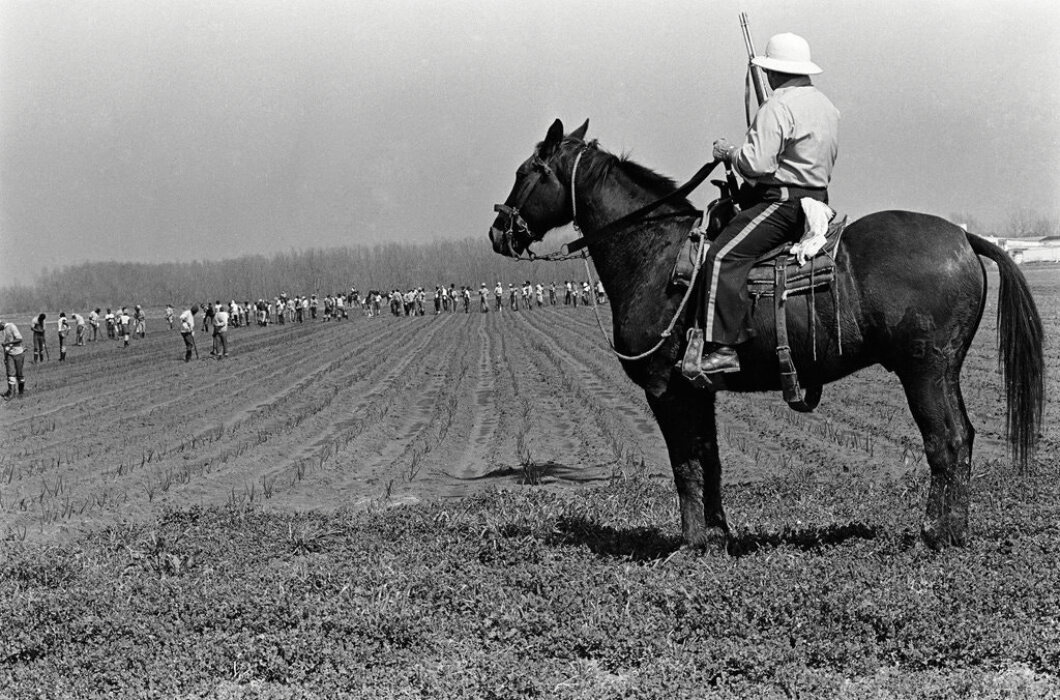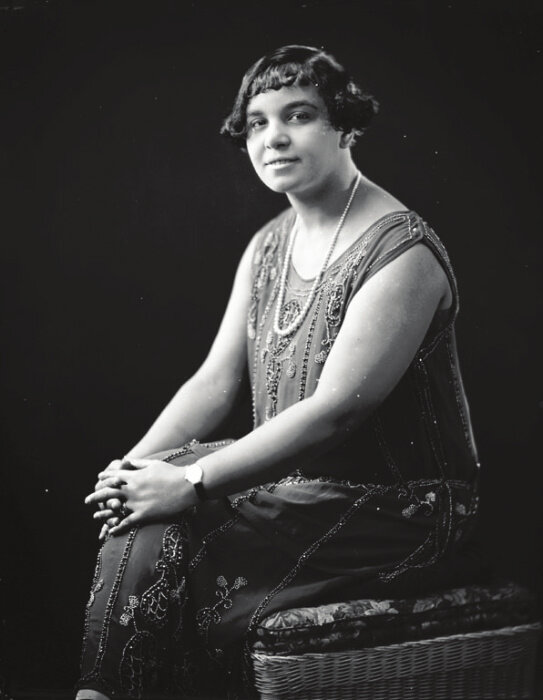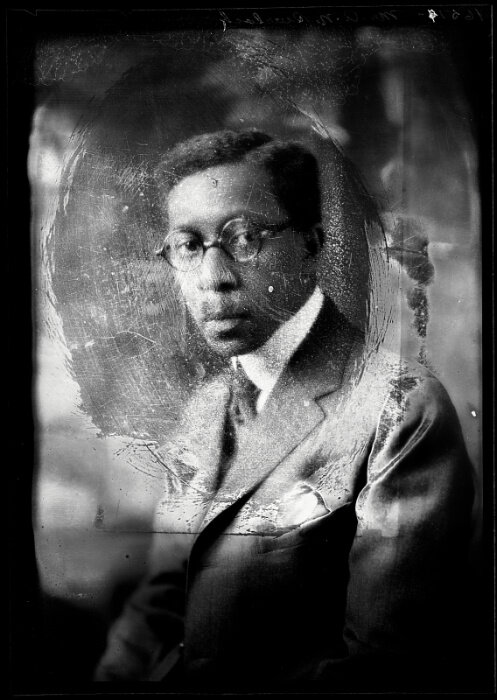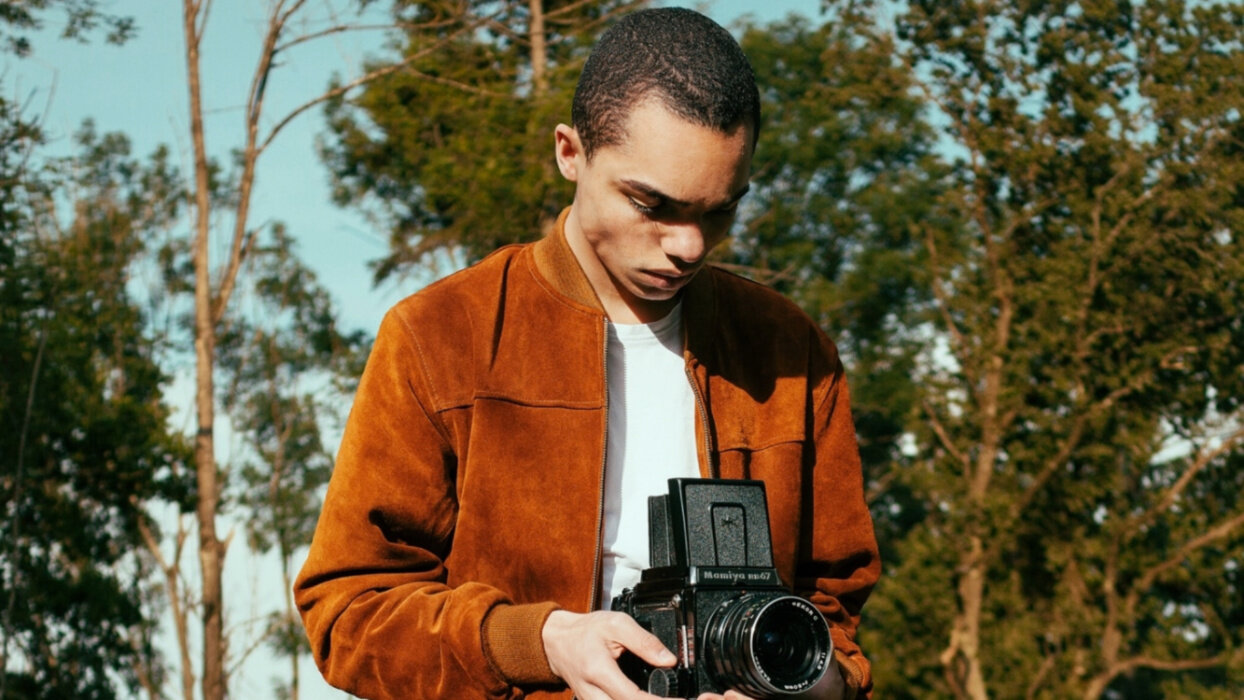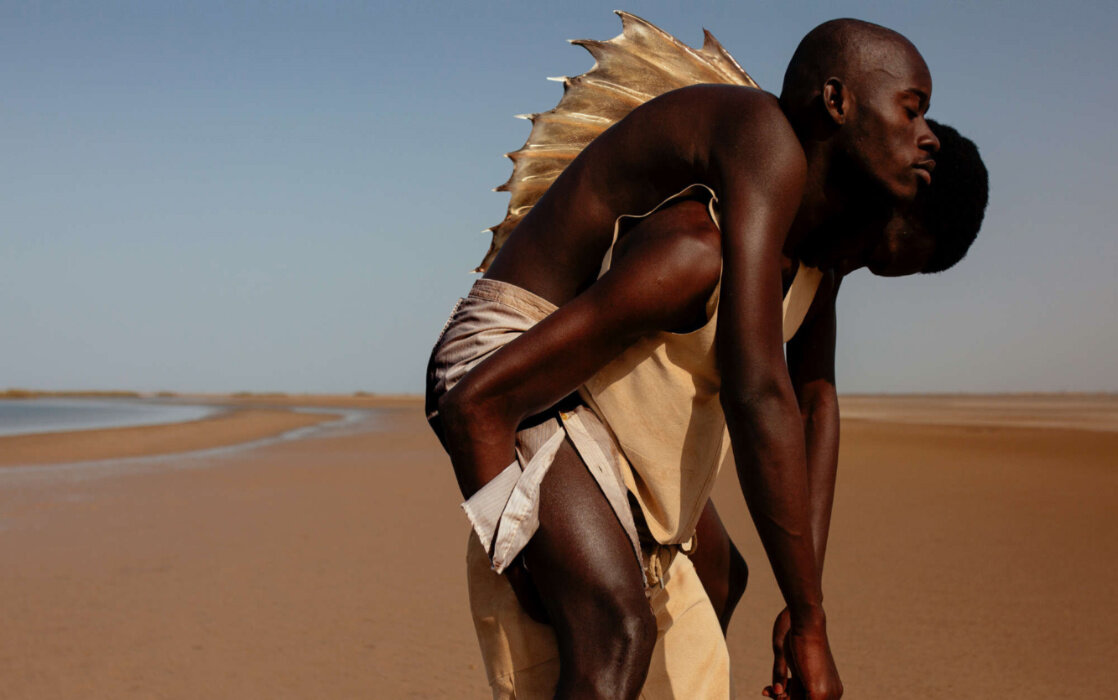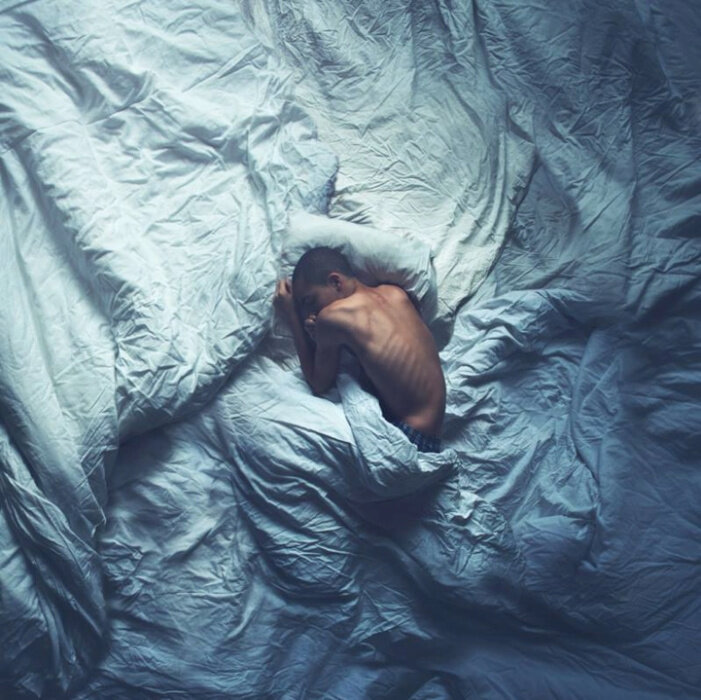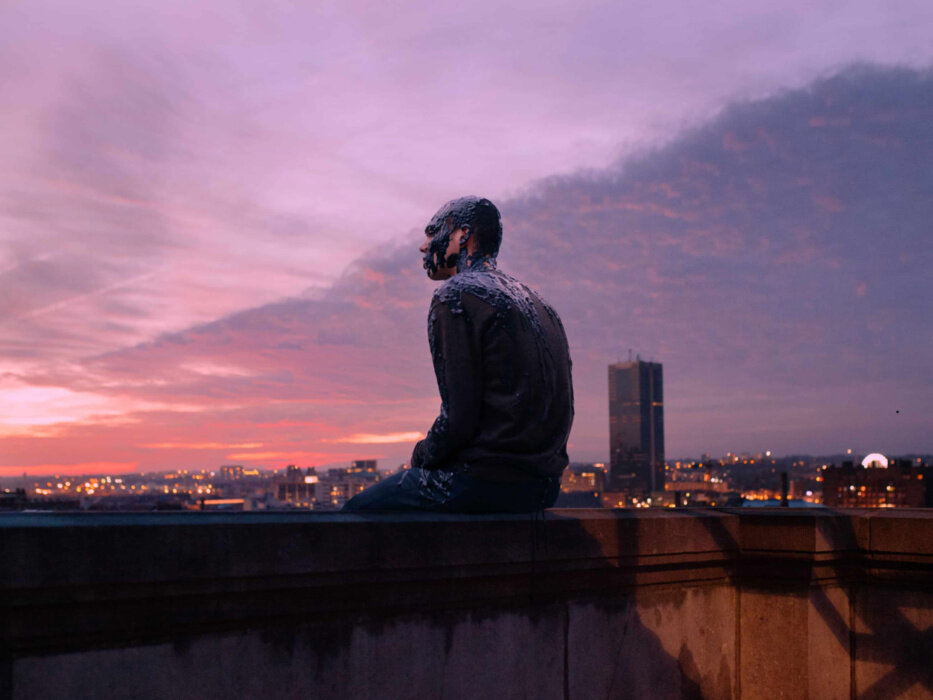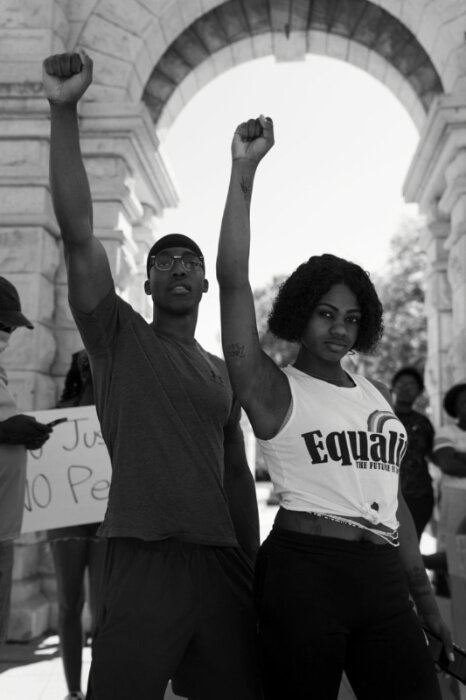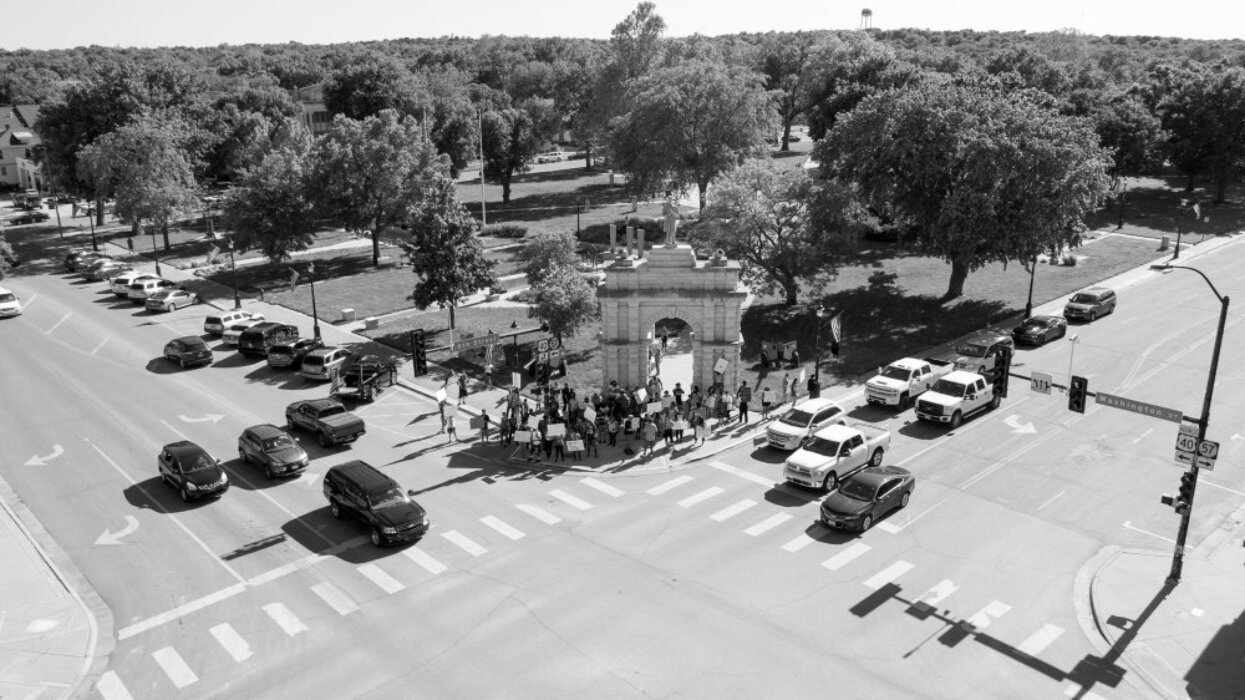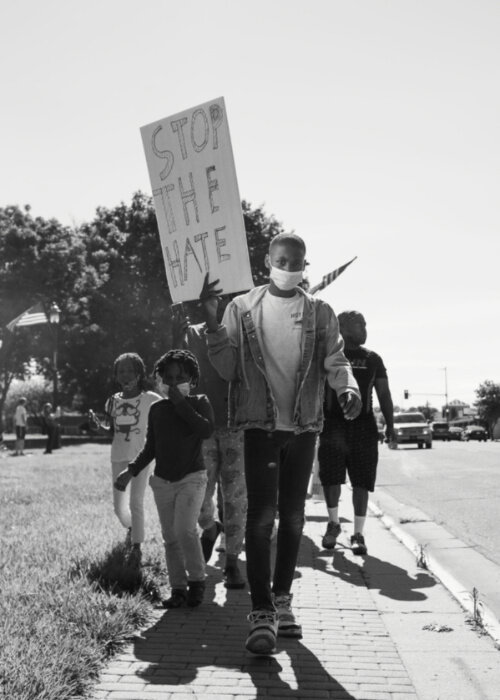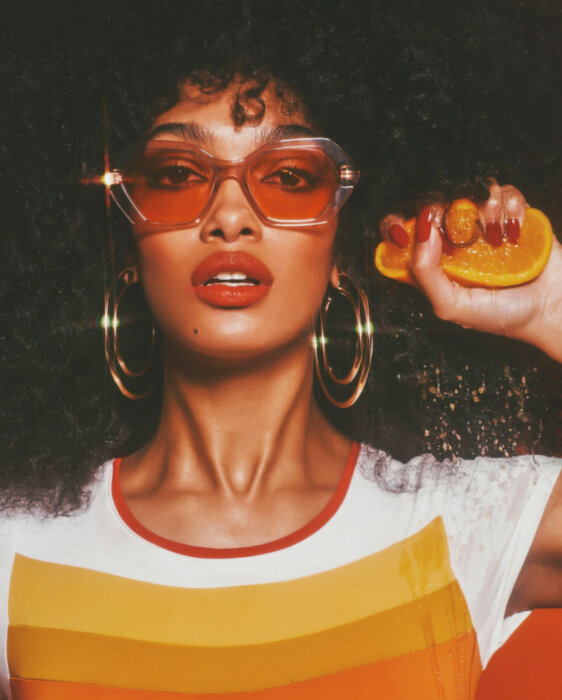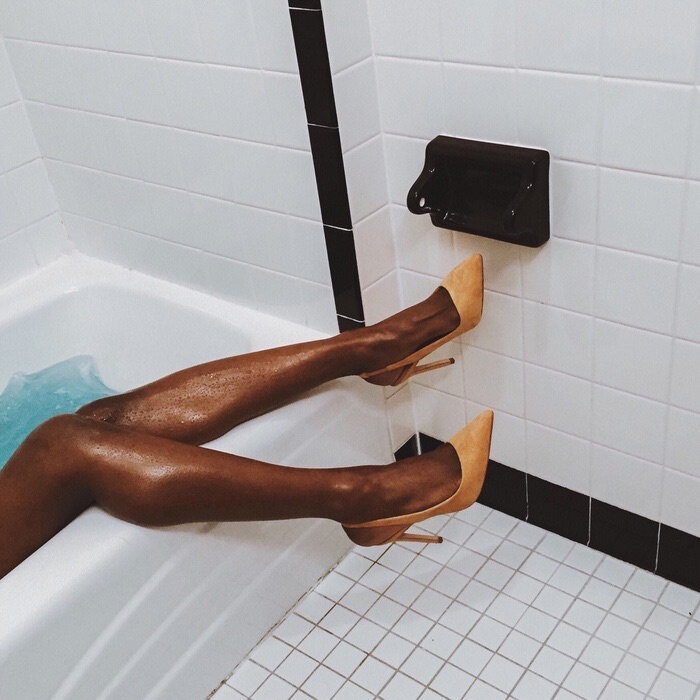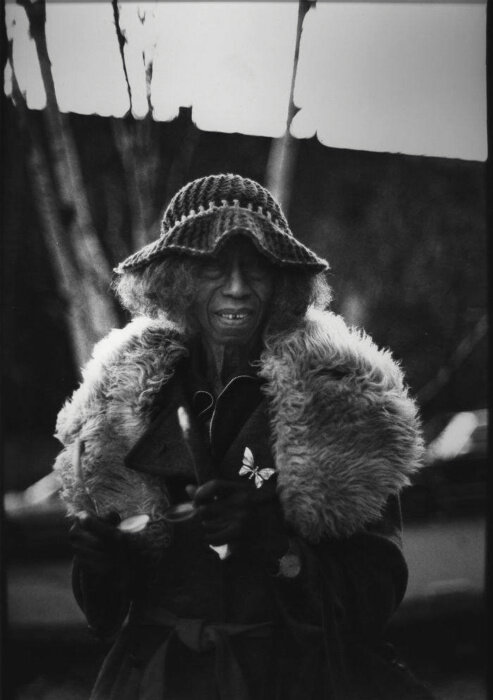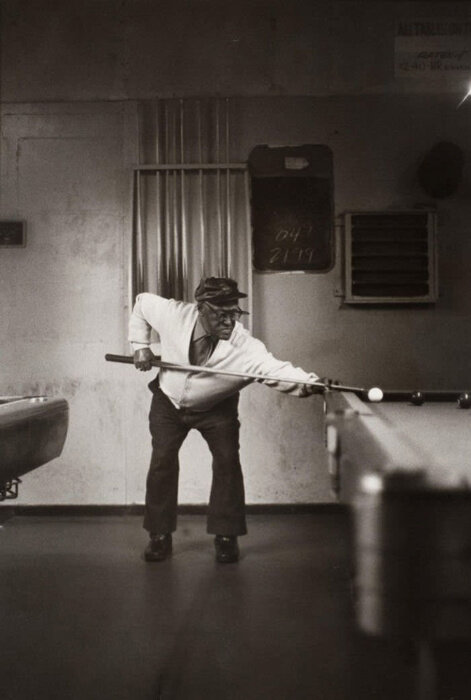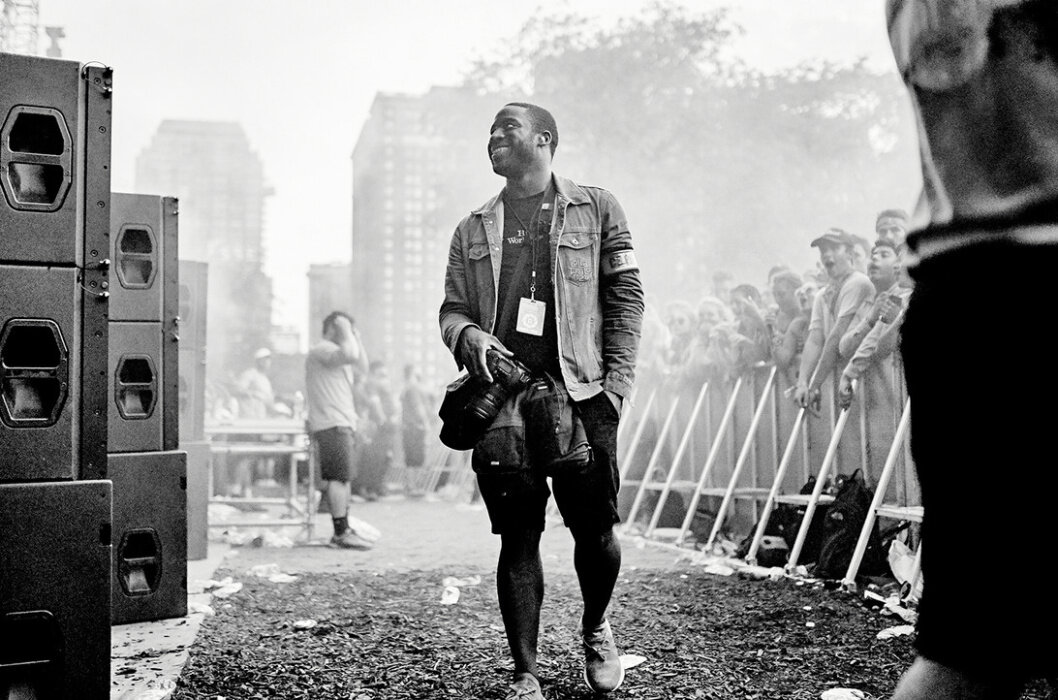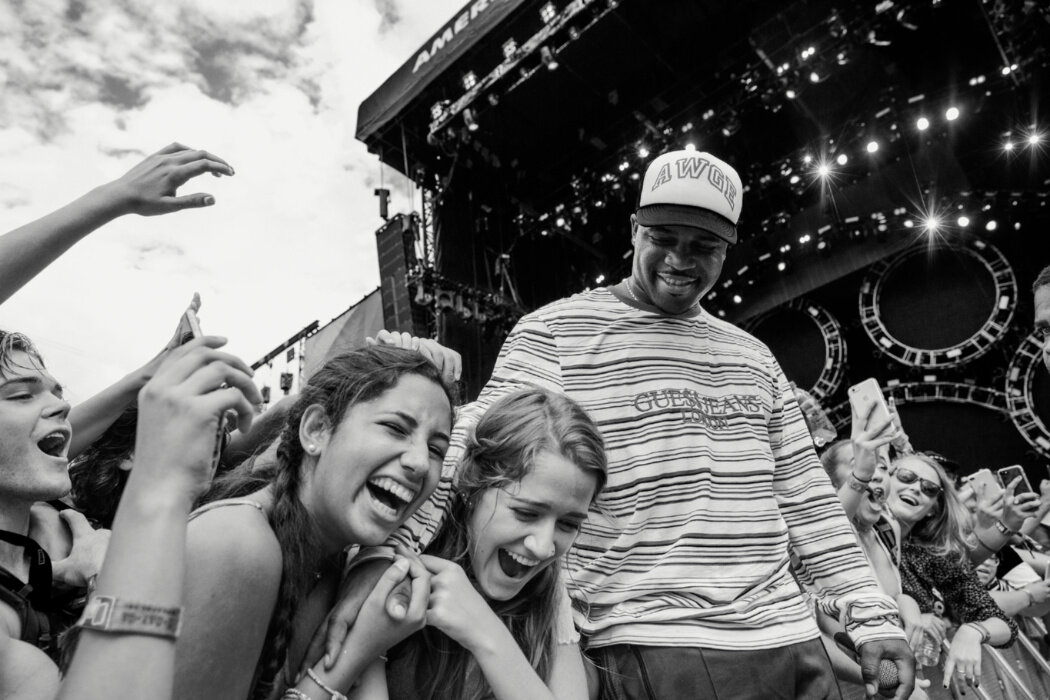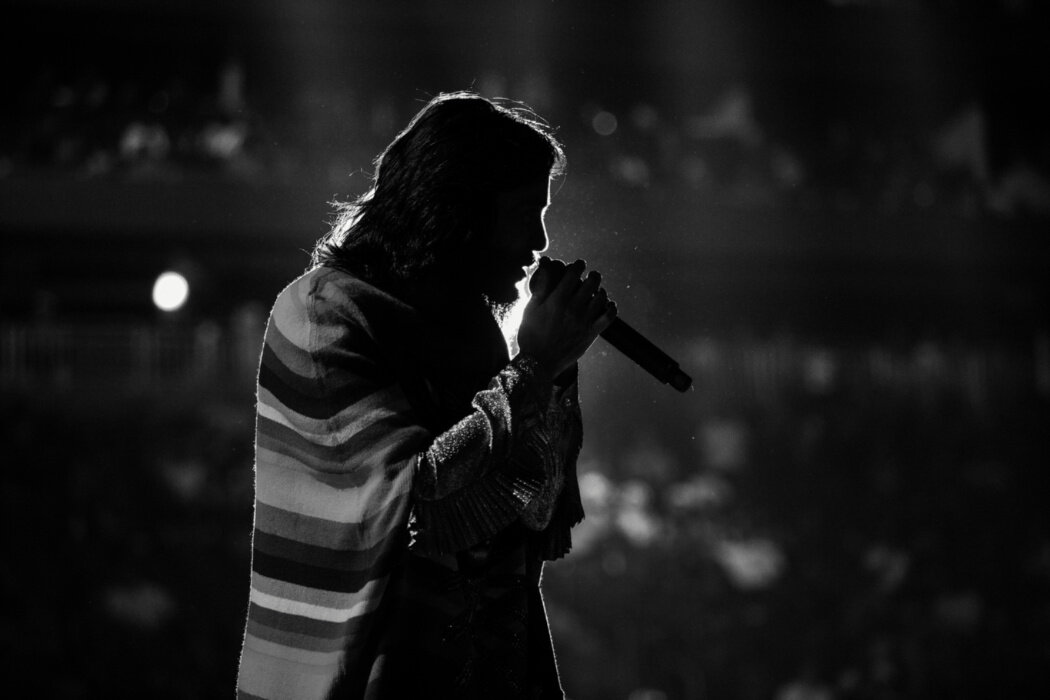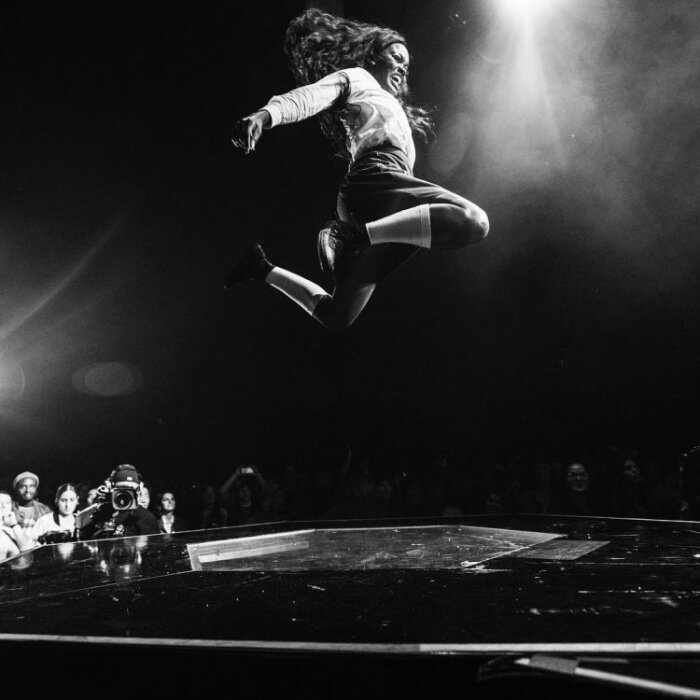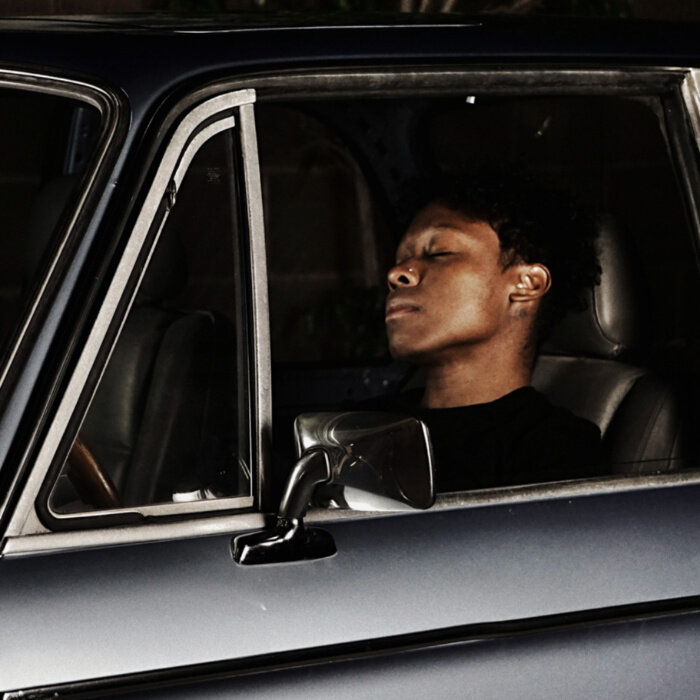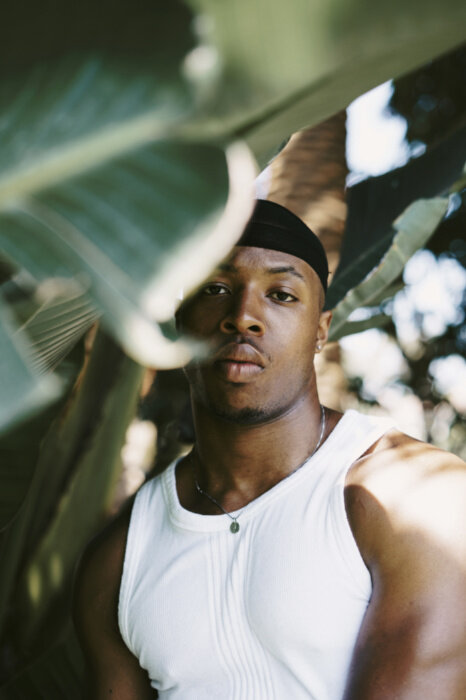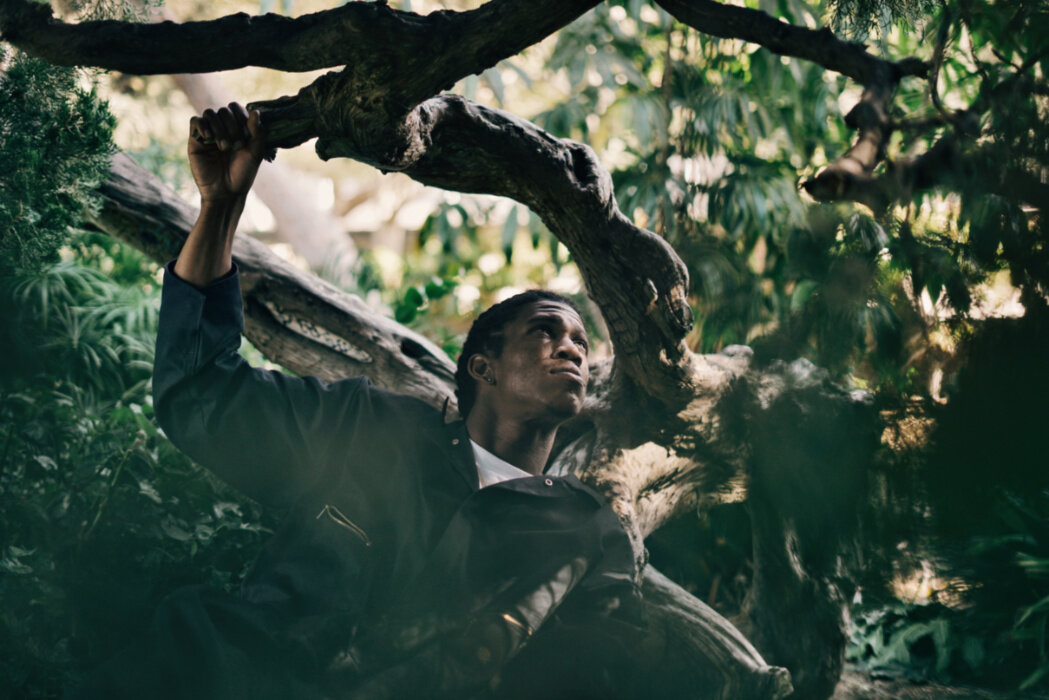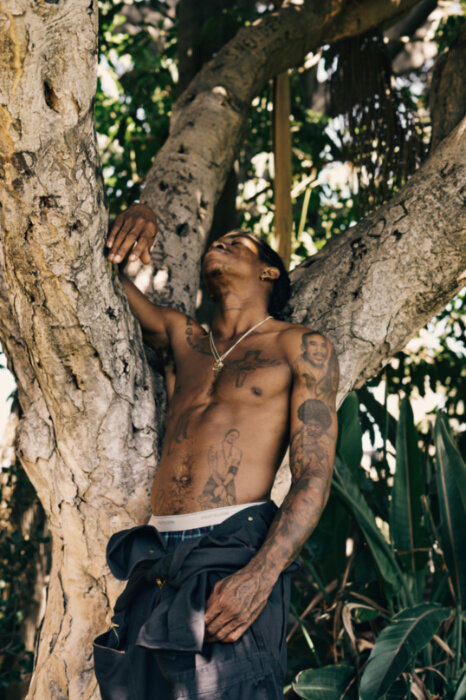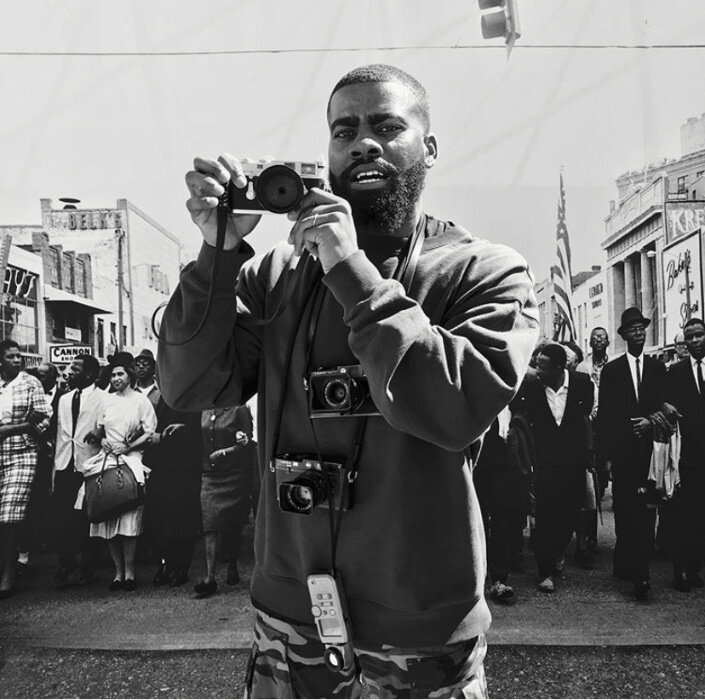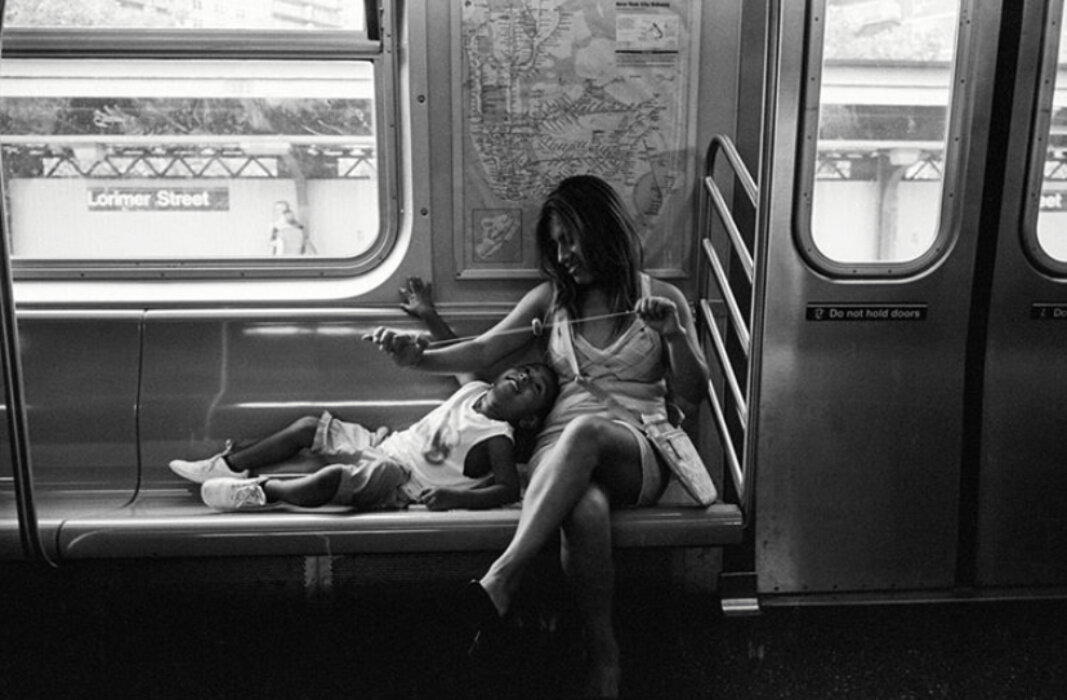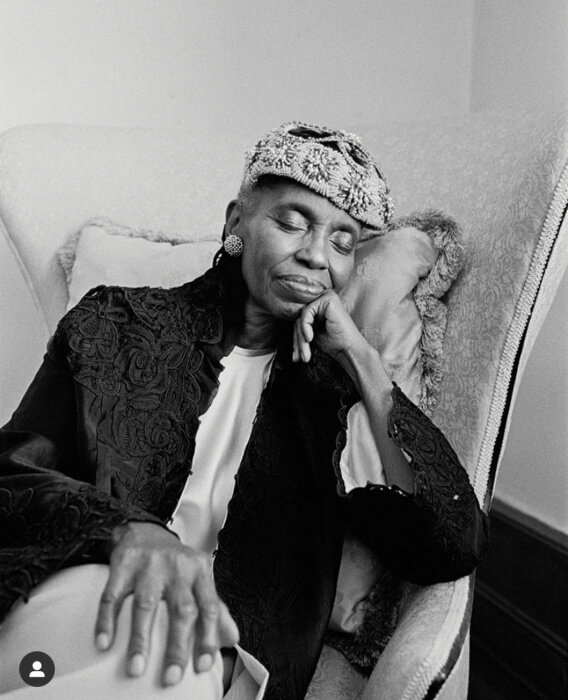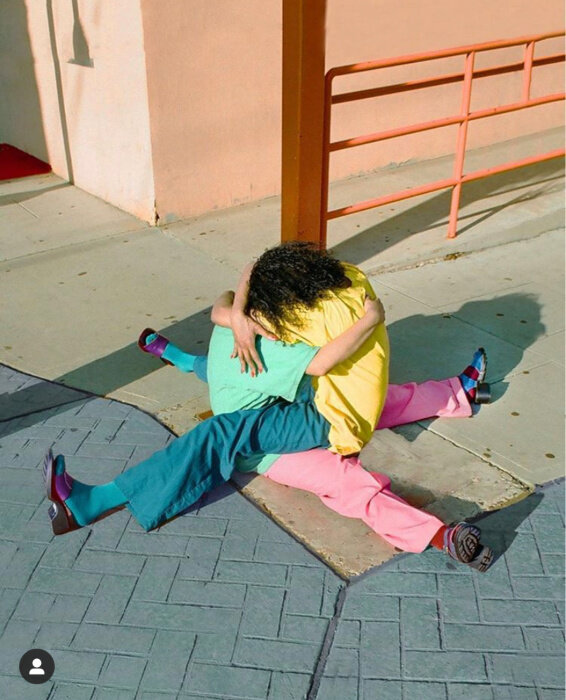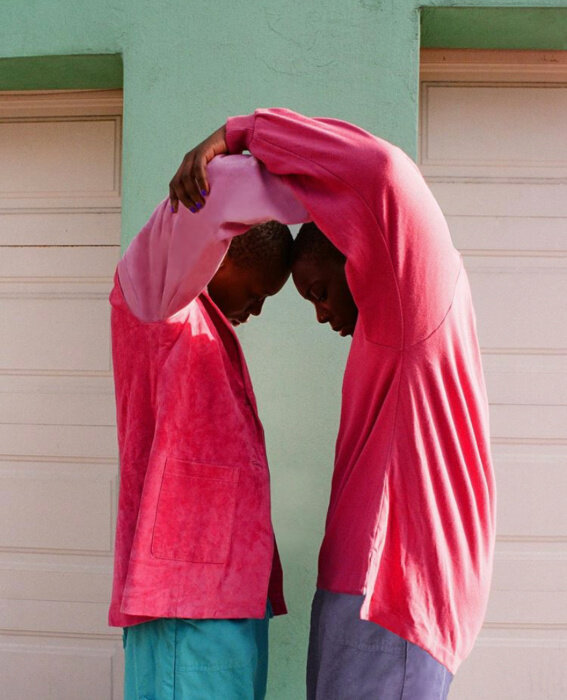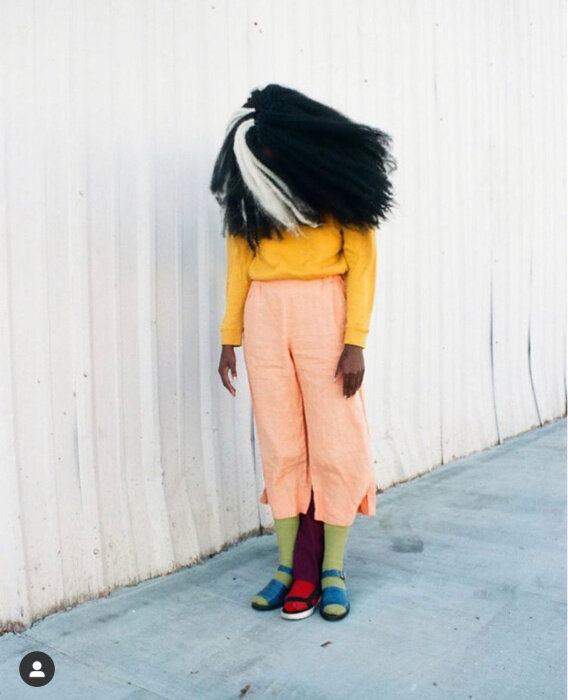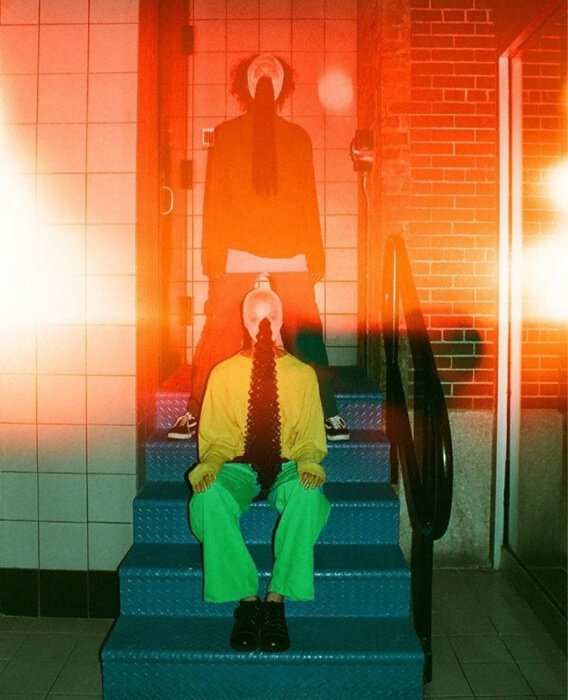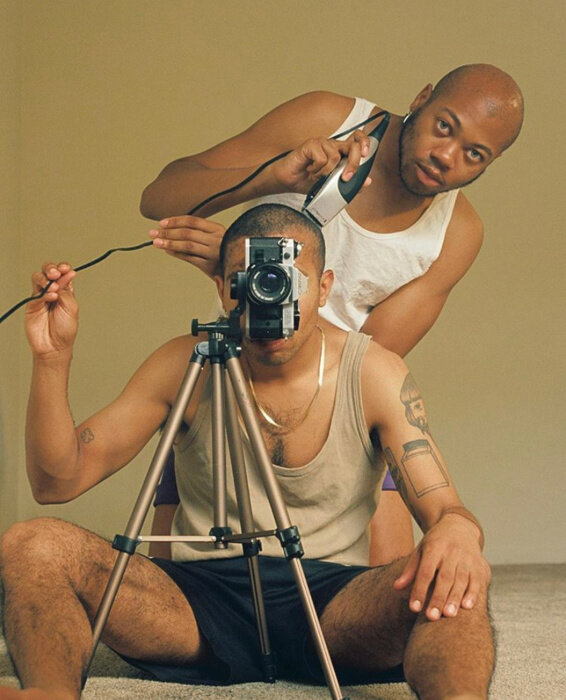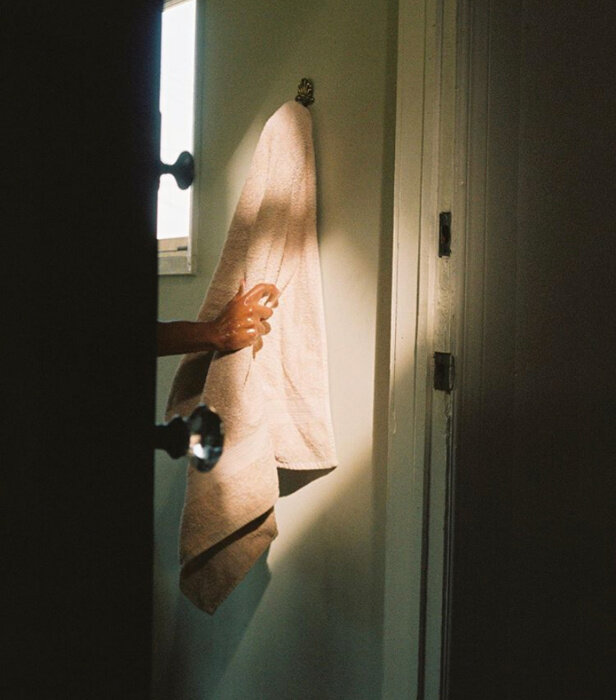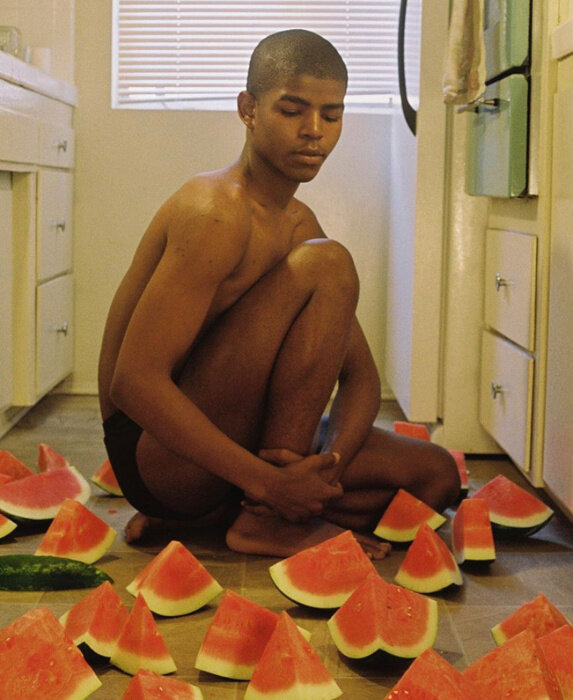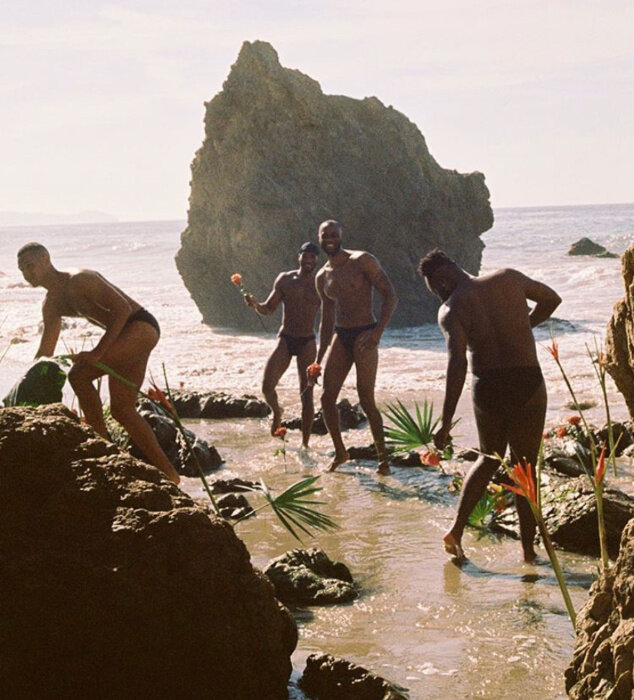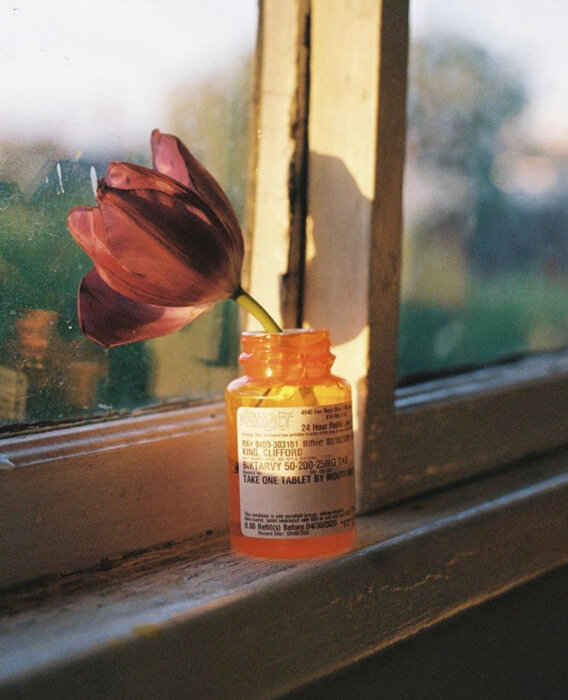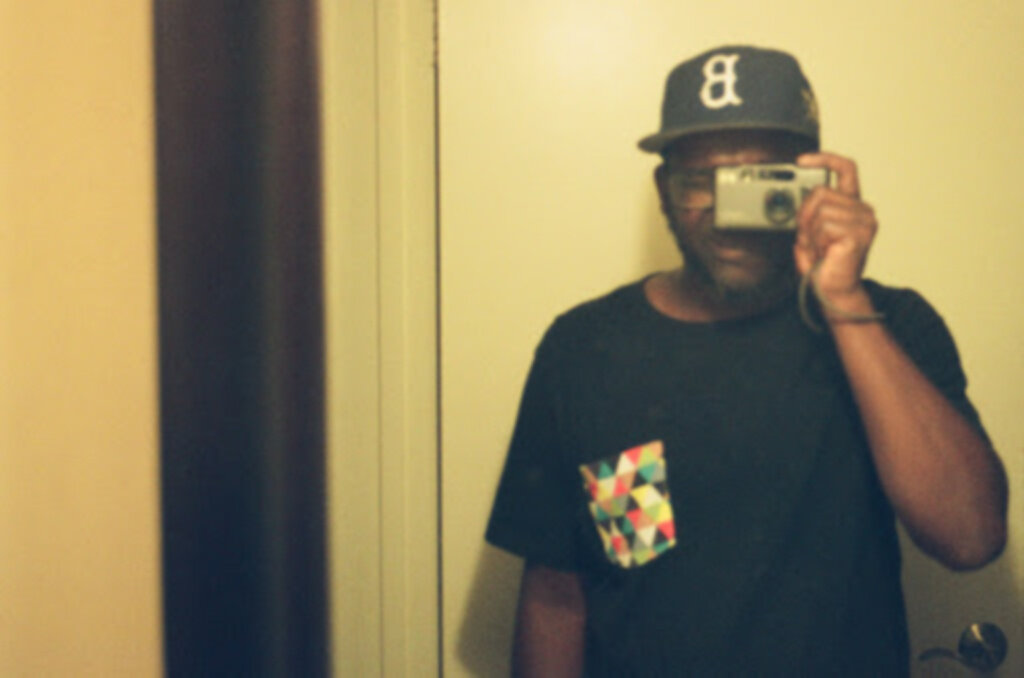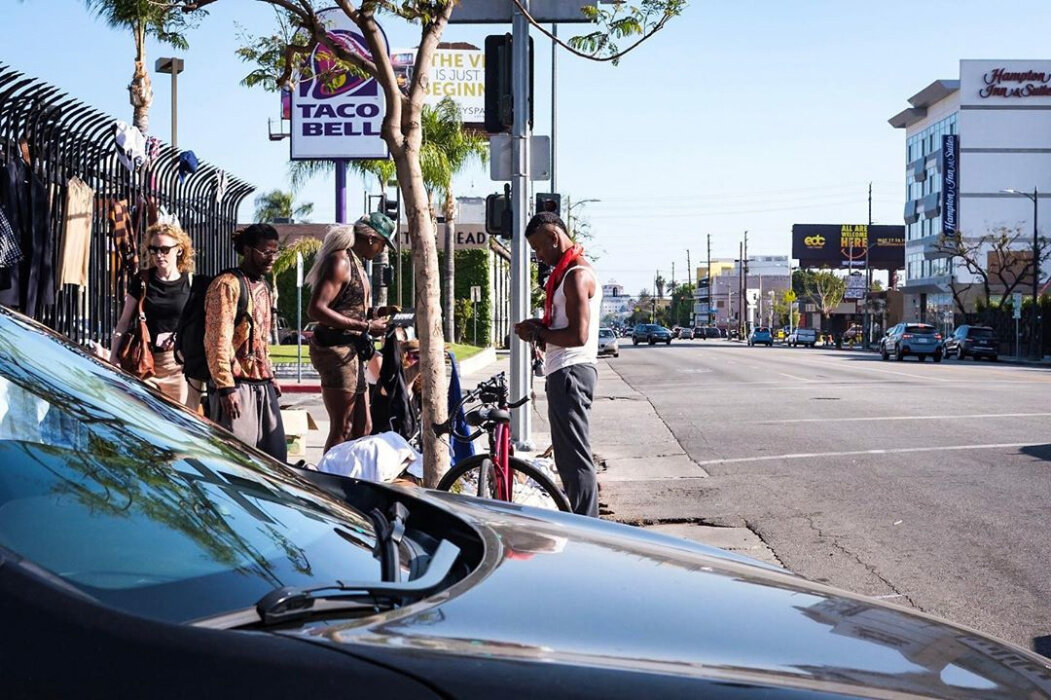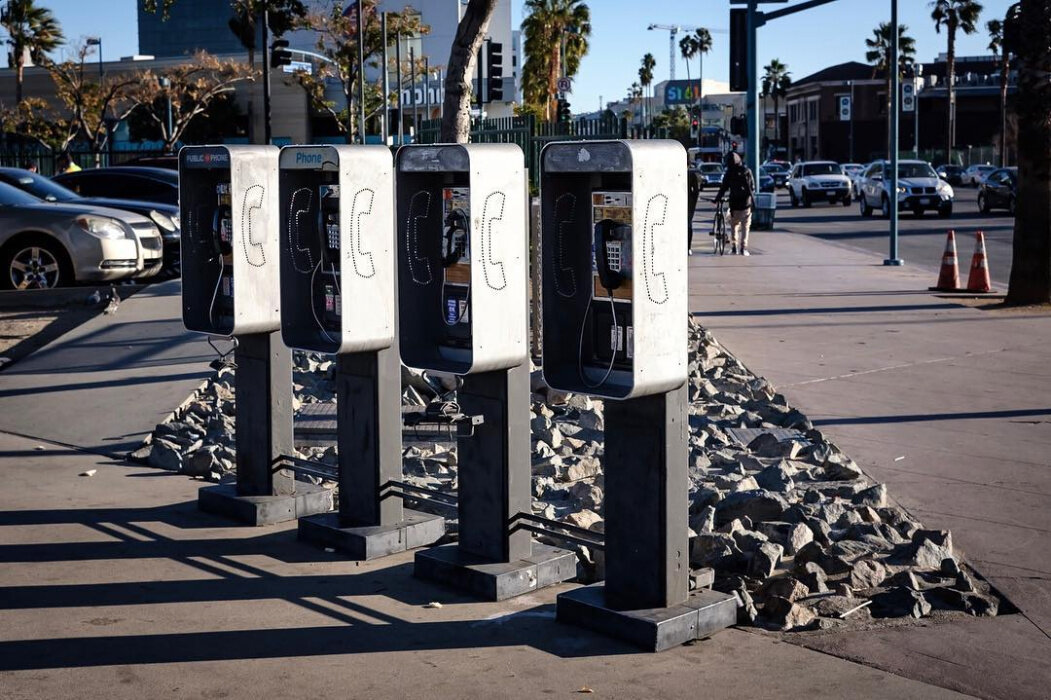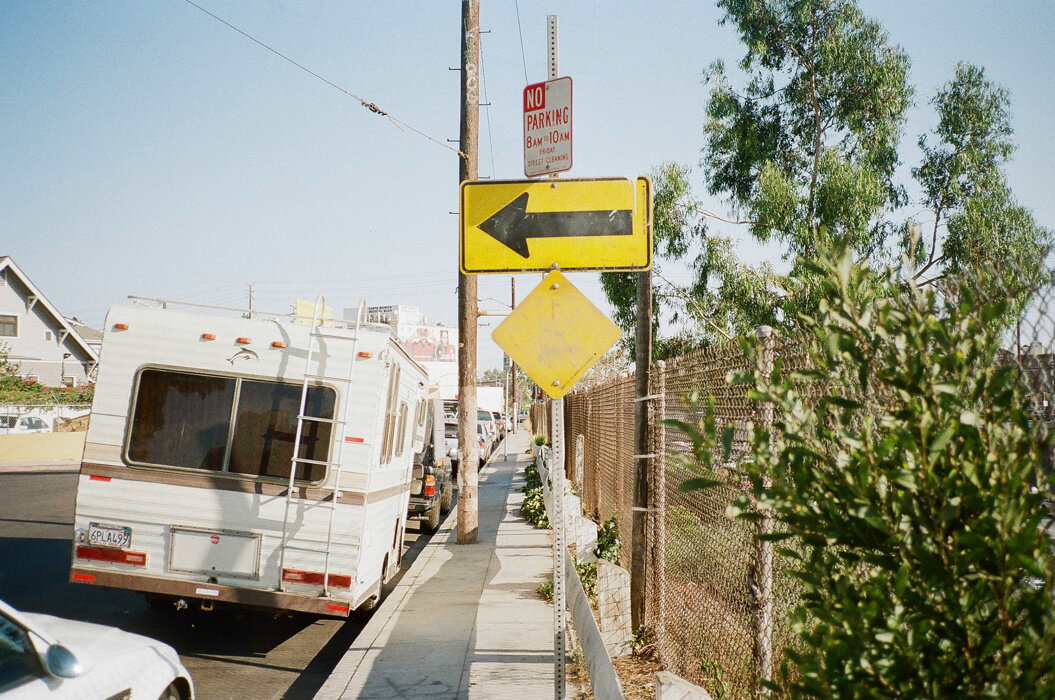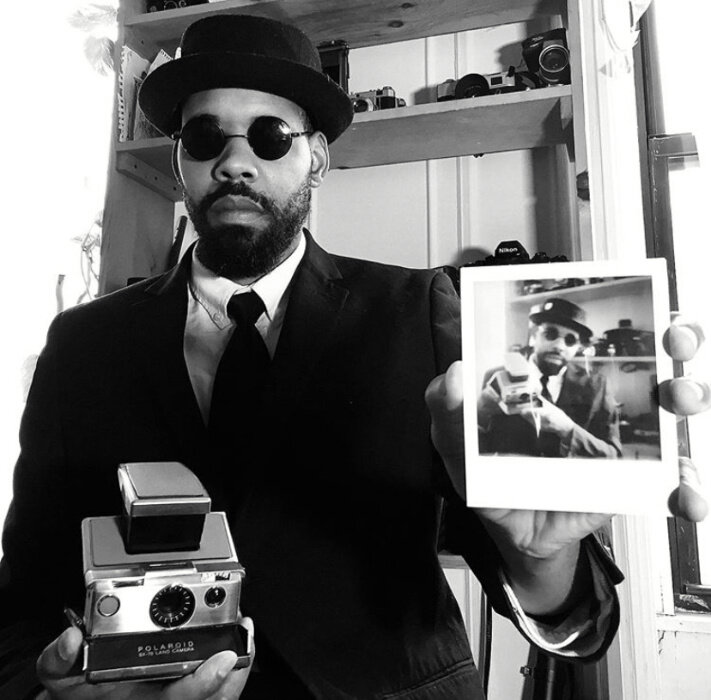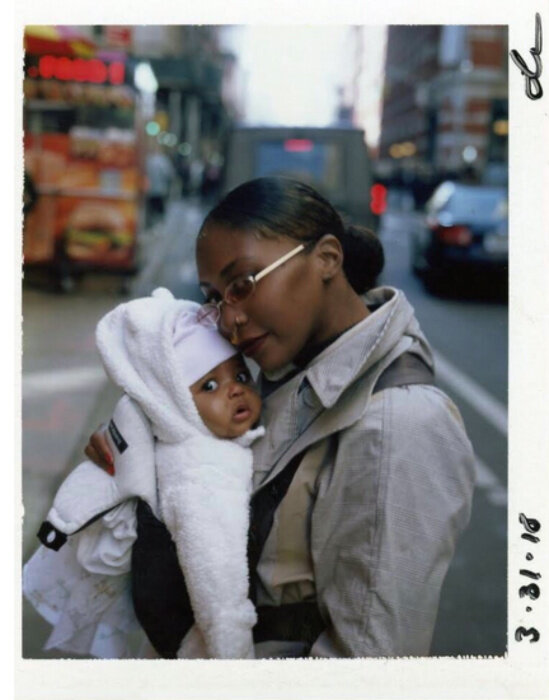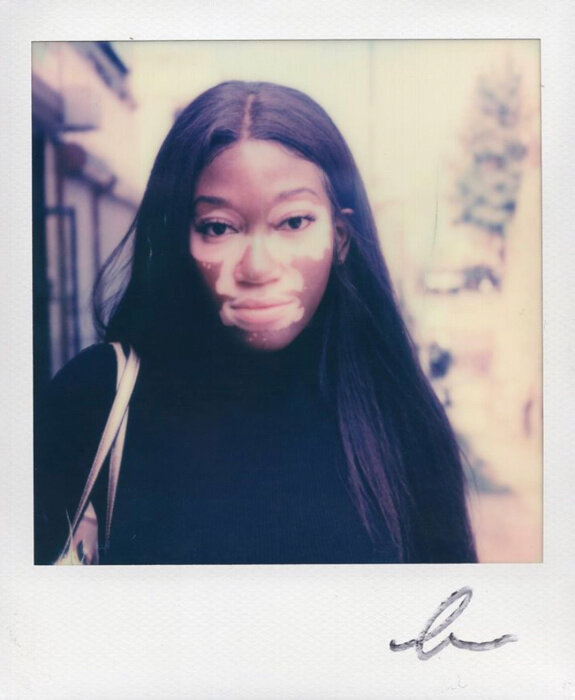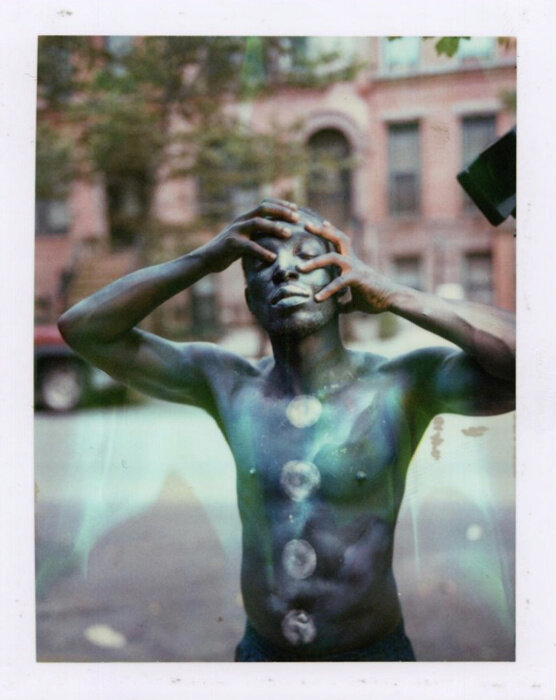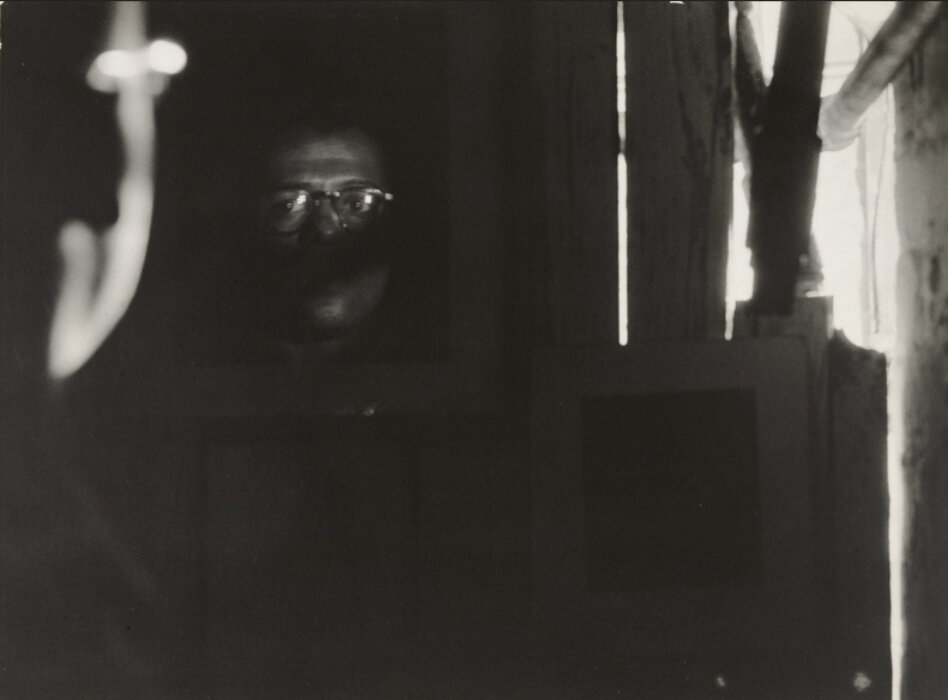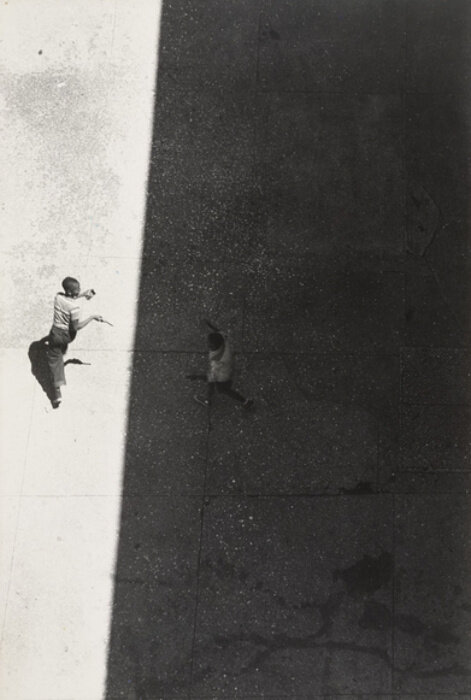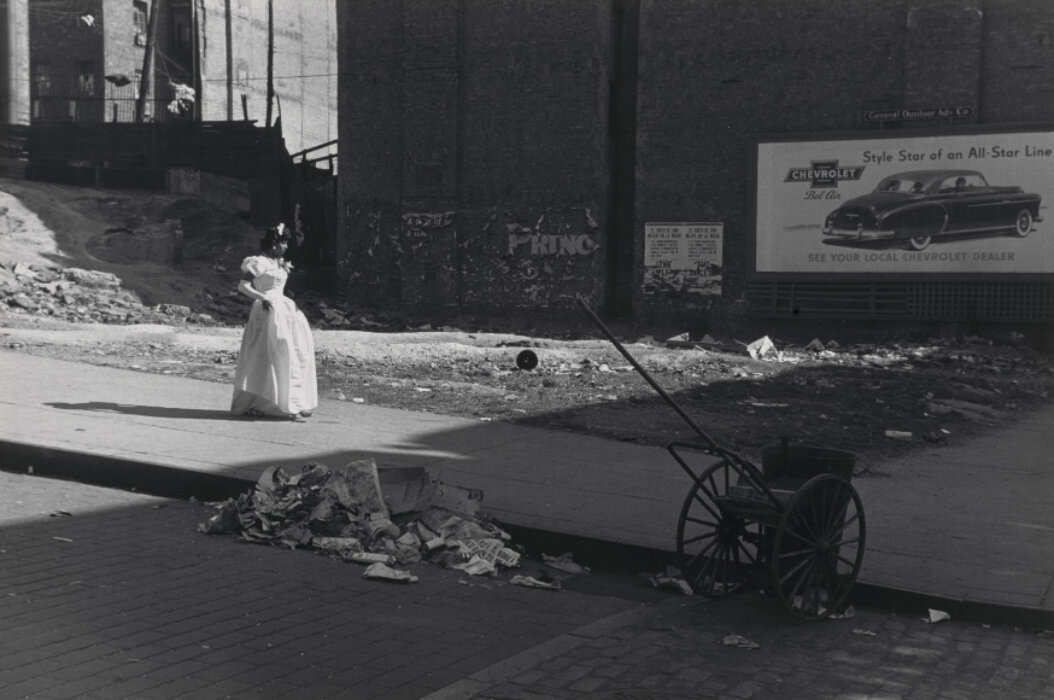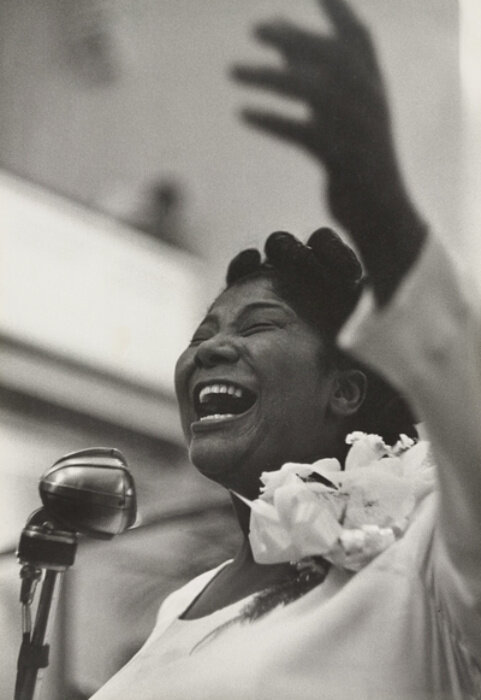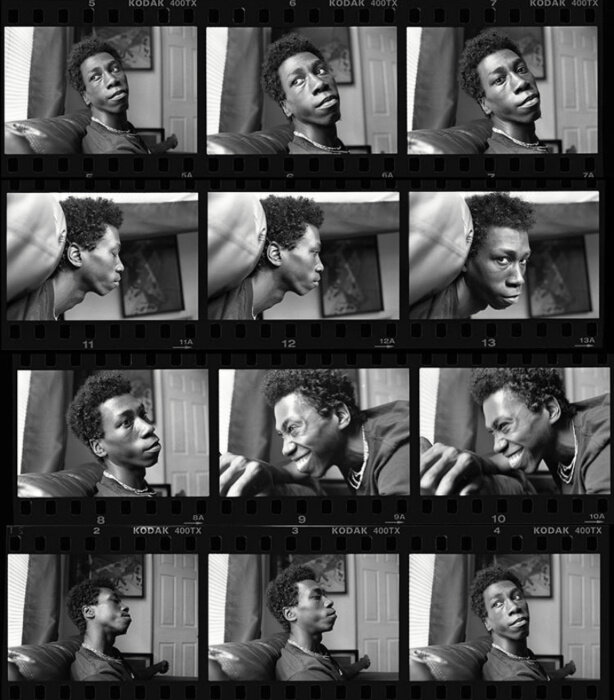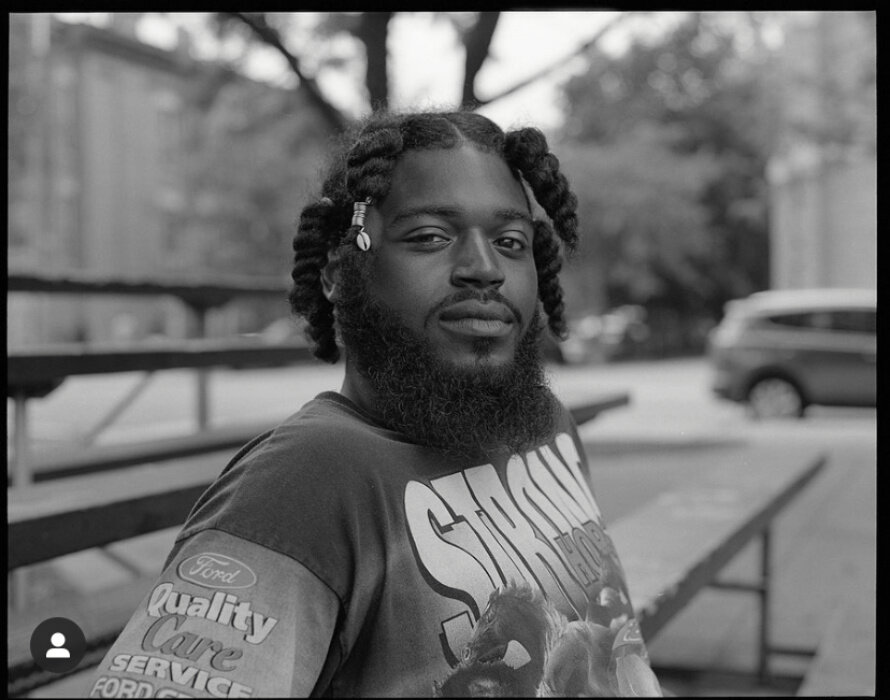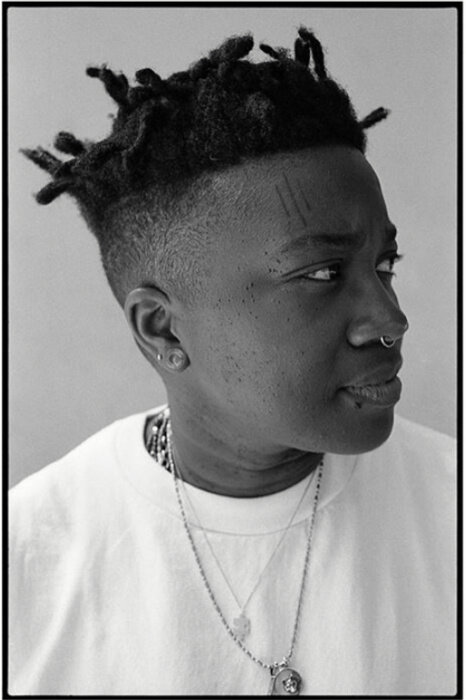Black Photographers
John Edmonds
“There’s all this suggestion in the photos. The silhouette has this boy-like shape to it, it looks youthful. Implications of race, gender, and age, and trying to figure out who it is that you are looking at. What you see is who you are. It implicates your bias, your gaze. Black youth have a lot of decisions to make about how we present ourselves when going out into the world. We are all very mindful about watching our bodies. In public space especially. You’re continually being scrutinized and watched. But never really seen.” - John Edmonds. "This Photographer Is Challenging Racial Perceptions About Black Men" Tobak, Vikki. Fader.
Moneta Sleet Jr.
“A lot of people have forgotten those days, and I don't think they ever should.” - Moneta Sleet Jr. "Moneta Sleet Jr., 70, Civil Rights Era Photographer, Dies" Thomas Jr., Robert Mcg. The New York Times.
Lorna Simpson
“From time to time, when I teach or mentor students, I am reminded how much the work is appreciated. I am always surprised because I feel there are so many people—other artists who were around when I was in my twenties—who I really loved and appreciated, and who deserve the same attention and opportunity, like Howardena Pindell or Adrian Piper. There are tons of them. It is about race and being African American, but it’s also about gender—and there are just so many women who either should be given more credit or have more vibrant careers for having paved the way. It’s a little bittersweet. Things should be better. But then, that’s just where we are.” - Lorna Simpson. "Interview with Lorna Simpson" Aperture.
Zanele Muholi
“I wanted to use my face so that people will always remember just how important our black faces are, when confronted by them. For this black face to be recognized as belonging to a sensible, thinking being in their own right.” - Zanele Muholi. "Zanele Muholi Pays Homage to Black Women in Spelman Exhibit." Smith, Kelundra. Atlanta Journal-Constitution.
Gordon Parks
"You talk rapid-fire just to be heard, and without having anything worthwhile to say. That’s downright ego. Listen more. Keep your big mouth shut and keep your ears open. Your insecurity’s showing.” - Gordon Parks. Voices in the Mirror. Parks, Gordon.
Carrie Mae Weems
“... I think that most work that’s made by black artists is considered to be about blackness. Unlike work that’s made by white artists, which is assumed to be universal at its core.” Carrie Mae Weems. "Carrie Mae Weems Reflects on Her Seminal, Enduring Kitchen Table Series" by Eckardt, Stephanie. W Magazine.
James Van Der Zee
“I tried to see that every picture was better looking than the person.” - James Van Der Zee "James Van Der Zee: Documenter of 1920s Harlem" McCollum, Sean.
Endia Beal
“Instead of trying to capture stories that are already known to the world, it's time to capture the ones that make me feel uncomfortable, those that I am afraid to discuss. These are the stories that will be universally translated and they are the ones that will move an audience. People will cry when they see them because they see themselves in what you're doing.” - Endia Beal. Interview on Photoculture. Ely, Paula.
Devin N. Morris
“My works prioritize displays of personal innocence and acts of kindness within surreal landscapes and elaborate draped environments that reimagine the social boundaries imposed on male interactions, platonic and otherwise. The use of gestural kindnesses between real and imagined characters is inspired by my various experiences growing as a black boy in Baltimore, MD and my later experiences navigating the world as a black queer man.” - Devin N. Morris "Photographer Feature: Devin N. Morris" Webb, Shenyah. Nailed Magazine.
Keith Calhoun and Chandra McCormick
“When I started photographing Angola, they had to make a quota. At one time, a man had to pick a certain quota of cotton every day or else you could be handled bad. They don’t have stuff like that anymore. Much hasn’t changed, though, because every morning the men still have to get up and get in that field. And they don’t get no profit from the field, so imagine you spent 30 years working the field, and there’s no type of real compensation. And then you get old, still in prison, and you’re all wore out. The prison was built upon slavery and free labor, and it wasn’t about rehabilitation—it was about how much the drivers, those men riding horseback, could push you. And if you can’t keep up, you go to the dungeon and lose all your privileges. You in the hole. As far as putting Angola in our work series, we felt that the prison work and the plantation work wasn’t too much different. In fact, some of these women in the free world are catching more hell than the men incarcerated in Angola. They don’t have no more work in these small towns because the small town sheriffs are getting free labor from the jails now. They don’t need the women to work the fields in East Carroll Parish, they can go to the sheriff and get a crew from them. That’s why we focus on the demise of Black labor in the South, because there’s no need for us anymore. The docks is gone; you go to the plantations and there’s migrant workers there. The cotton gin is all automated now. But in Angola, that’s the only place where you see physical work. It’s mandatory that you get to that gate or else you going to be hounded. If you feeling bad you can’t just tell the captain you’re sick. You end up in lockdown.” - Keith Calhoun and Chandra McCormick. "Labor & Love: An Interview With Keith Calhoun & Chandra McCormick" By Okun, Andru. Arts Direct New Orleans.
Addison Scurlock
“We must possess a spirit higher than mere commercialism. We should feel that it is a civic duty to use every means to develop our business to the point where it will add in a national way to the community. In fact a high ideal with an intelligent discontent until that ideal is reached, is the strongest uplifting force in any field of endeavor.” - Addison Scurlock. "Cameras at Work: African American Studio Photographers and the Business of Everyday Life, 1900-1970" Piper, William Brian.
David Uzochukwu
“I go for wonder and vulnerability, I’m just trying to get rid of emotional baggage. It feels cleansing.” - David Uzochukwu. "10 emerging photographers presenting fresh black narratives" By Wheeler, André-Naquian. Vice.
Doug Barrett
“You may not be able to comprehend the words that I write but I’ll share my heart with you. As a black man, I walk around with a camera making photographs but I’m not a threat. I have big hair and tattoos, but I’m not a threat. I wear a hoodie sometimes, but I’m not a threat I’m just cold. I may lean when I drive, but I’m not a thug, my back hurts most days because I had spinal surgery being a veteran.
Are you lost? Are you comprehending this? I recently walked in AutoZone less than a mile from where I live to make a purchase of jumper cables and was accused of stealing.” - Doug Barrett. Douglas Barrett, Facebook. May 28, 2020. 12:44pm.
Images by Doug Barrett at 400 North Creative
Adrienne Raquel
“It may not have been publicly acknowledged before now, but our talent, our beauty, and our grace has always been secretly desired and praised for many years behind-the-scenes. Black women possess inevitable power and influence. There is no one like us.” - Adrienne Raquel. "The Lens: Adrienne Raquel" Hargrove, Channing.
Ming Smith
“Being a black woman photographer was like being nobody.” - Ming Smith. "Ming Smith: ‘Being a black woman photographer was like being nobody" Shaw, Anny. Financial Times.
Greg Noire
“I've learned that failure is necessary for growth. If you're always succeeding at what you do, your goals just might not be big enough.” - Greg Noire. "Spotlight: Capturing Coachella's Emotion On and Off the Stage With Photographer Greg Noire" Stutz, Colin. Billboard.
Texas Isaiah
“However, I wish I knew the names of Black trans visual narrators that were doing work 30-50 years ago, and I am confident they existed, but unfortunately, due to colonialism and transphobia, I do not know their names; therefore, I am unable to speak their names. The historical erasure of our ancestors is a huge loss for us as a whole, and so it feels a little disjointed to not fully witness the entirety of a legacy.” - Texas Isaiah. "Texas Isaiah Wants to Make Photography Fair" Ettachfini, Leila. Vice.
Andre D. Wagner
“How many times has your Leica been mistaken for a gun? This isn't my first rodeo. Today was just another one of those days, walking my camera trying to see what I can see. I went down Halsey passing beautiful brownstones and a few cops come from behind a door and begin marching down the steps. I usually carry my camera up high by my chest when I walk past police, today I didn’t. I take a few more steps, and hear, “HEYY” viciously a cop screamed, I knew he was talking to me. I turn around slowly, camera strap around my wrist with my hands up. They eyeball my camera for what seems like forever, then proceed to their car. Just another day in my hood, in my skin. Even if they kill the energy for the rest of this beautiful Brooklyn day, the good lord gives me courage to stay seeking life.” - Andre D. Wagner. @photodre Instagram April 28, 2020.
Arielle Bobb-Willis
“My work is about letting go of your ego and becoming part of the art.” - Arielle Bobb-Willis. "Arielle Bobb-Willis’ darker shade of bright." Warner, Marigold. British Journal of Photography.
Clifford Prince King
“My pictures are typically moments in everyday life. This is what I’m interested in. My photographs show black people in an everyday setting, in the way we see ourselves.” - Clifford Prince King. “Clifford Prince King on His Affectionate Photographs of Young Black Queer Men.” Milner, Daphne. It’s Nice That.
Kwasi Boyd-Bouldin
“I think that documenting neighborhoods as they exist currently and how they are being transformed is critical. Photography can be a vital part of that conversation but more people from the areas that are being gentrified need to be given the platform to share their stories. It really comes down to which perspectives are valued and why some interpretations are prioritized above others. Using photography to contextualize the lives and surroundings of the people affected is just the start, there needs to be a conversation about how neighborhoods can be revitalized without forcing people out of them.” - Kwasi Boyd-Bouldin. "Heart In Place: Kwasi Boyd-Bouldin" May, Roger. Walk Your Camera.
Jean-Andre Antoine
“When I’m shooting someone with one frame, that interaction is so real... It’s something to where, they are going to get what I deliver, right there on the spot. There’s nothing edited and that’s really the way I see photography. So, if cant be done in that fashion for me, its not really something that i can see myself doing...I’ve been shooting photography for a while...Its a very intrusive craft...But one thing about the Polaroid, I've never seen people surrender to a camera as much as they do to a Polaroid camera. And, to have that power just to, kind of, completely, just give your art and do your art, is such a freedom that I don’t think I could get out of any other camera.” - Jean-Andre Antoine. “Jean Andre Antoine - NYC Polaroid Photographer.”
Roy DeCarava
“It doesn’t have to be pretty to be true. But if it’s true, it’s beautiful. Truth is beautiful. And so my whole work is about what amounts to a reverence for life itself.” - Roy DeCarava. "Roy DeCarava, Harlem Insider Who Photographed Ordinary Life, Dies at 89" Kennedy, Randy. The New York Times.
Gioncarlo Valentine
“I am uncomfortable. We should all be uncomfortable. When we broaden the scope and look at how the images of Black people in the media have shaped and defended the mistreatment of Black people in our societies, I think we can find a direct culprit in media framing...What do representation and inclusivity look like in an industry that commodifies Black trauma and Black bodies, but rarely ever allows them control of their own stories?” - Gioncarlo Valentine. “The Telling of Black Stories: The Importance of Controlling Our Own Narratives” Valentine, Gioncarlo. Philadelphia Print Works.

